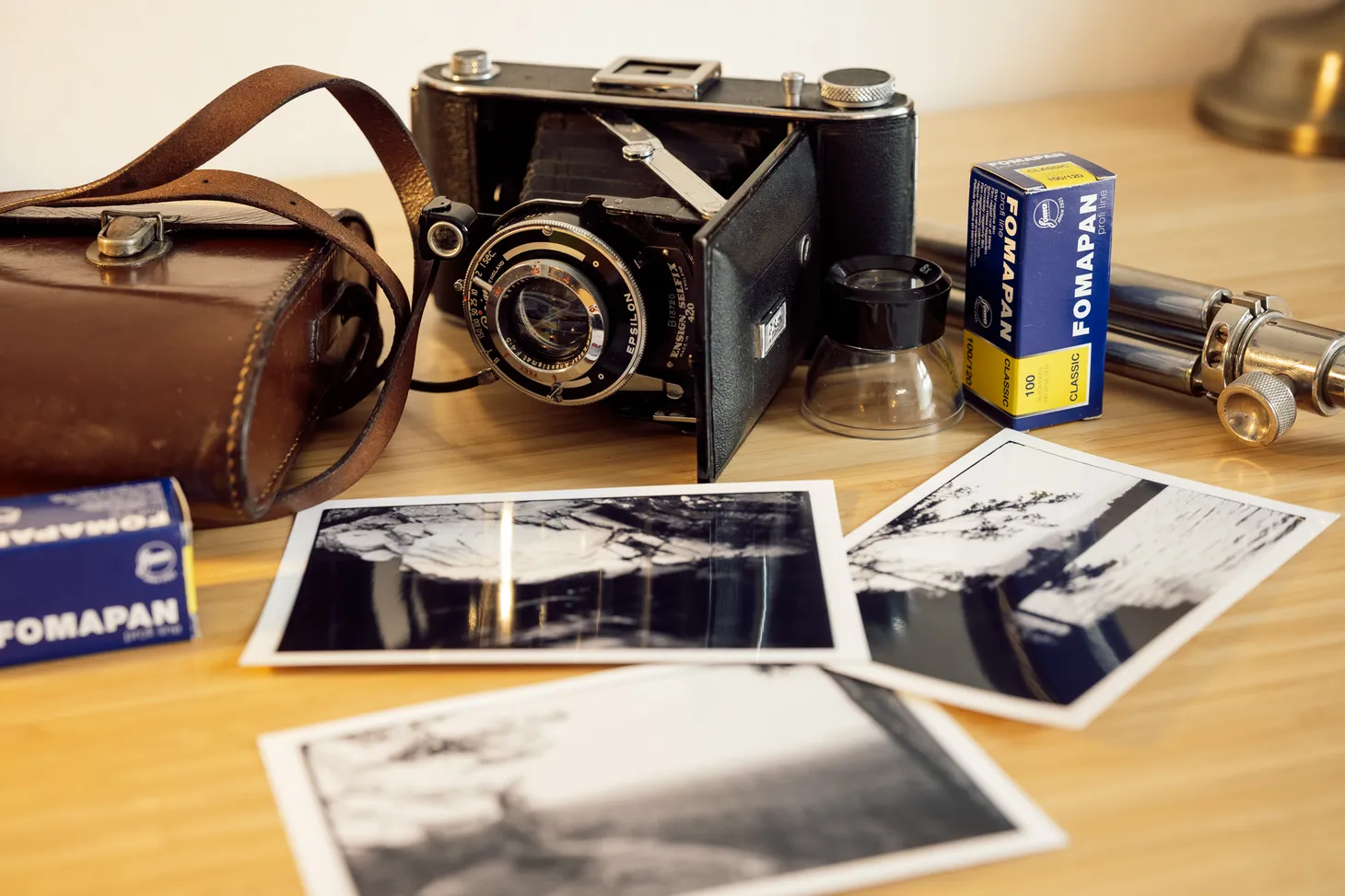My top images of 2023 – and a year with the Leica M3

It's been a great year for my photography. A renaissance year, perhaps. Regular readers will be aware that I have been an on-and-off analogue photographer for about a decade now, and that my return to film helped rejuvenate my interest in photography as a whole. But 2023 has been the first year in which I have shot film consistently throughout the entire year for most of my personal (and some of my work-related) photography.
Of course, having quality subject matter helps. And because I moved back to Scotland in March this year, quality subject matter has not been in short supply.
Without further ado, here are my top images. I couldn't quite narrow it down to five this year, so here are six.
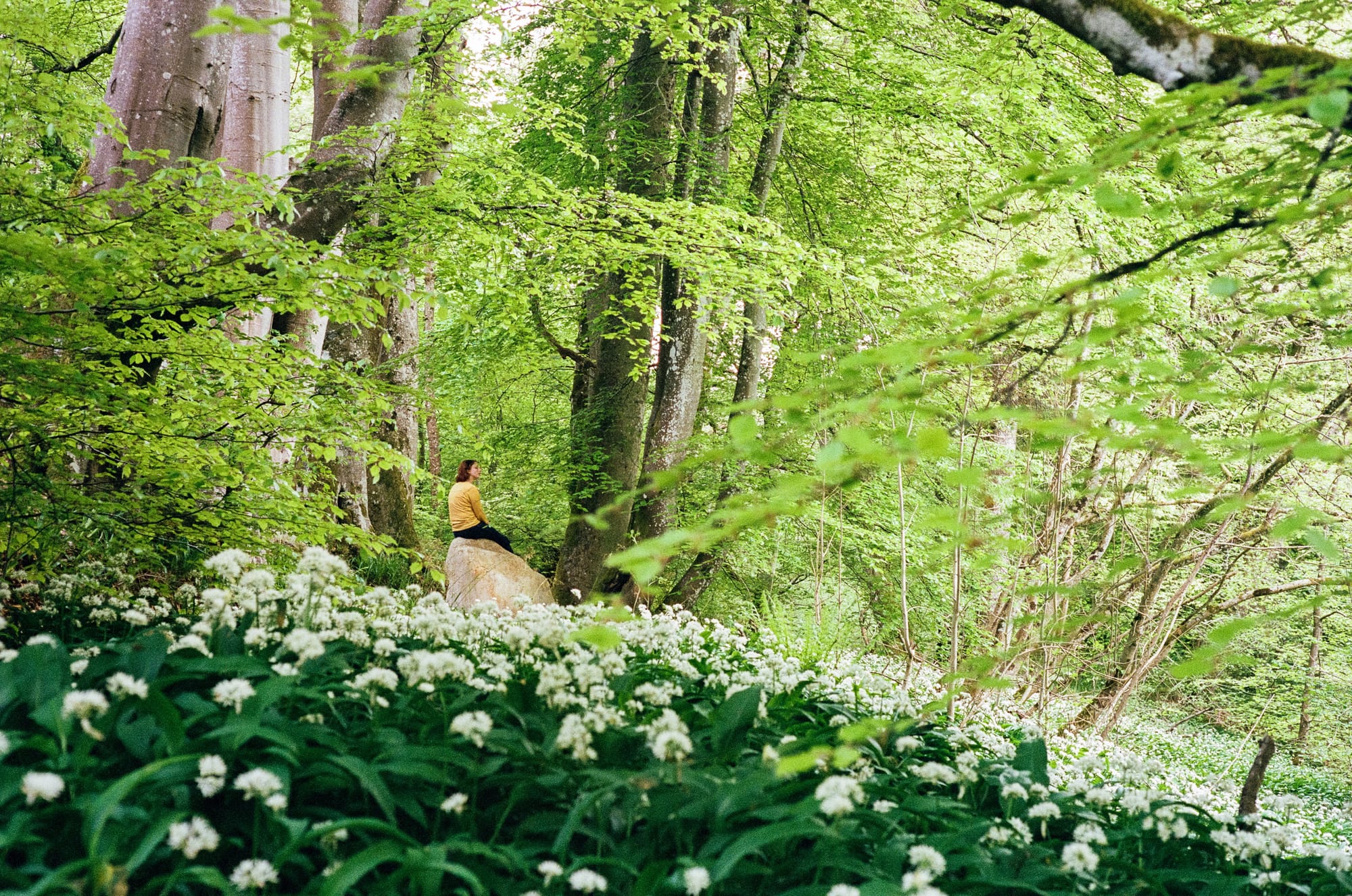
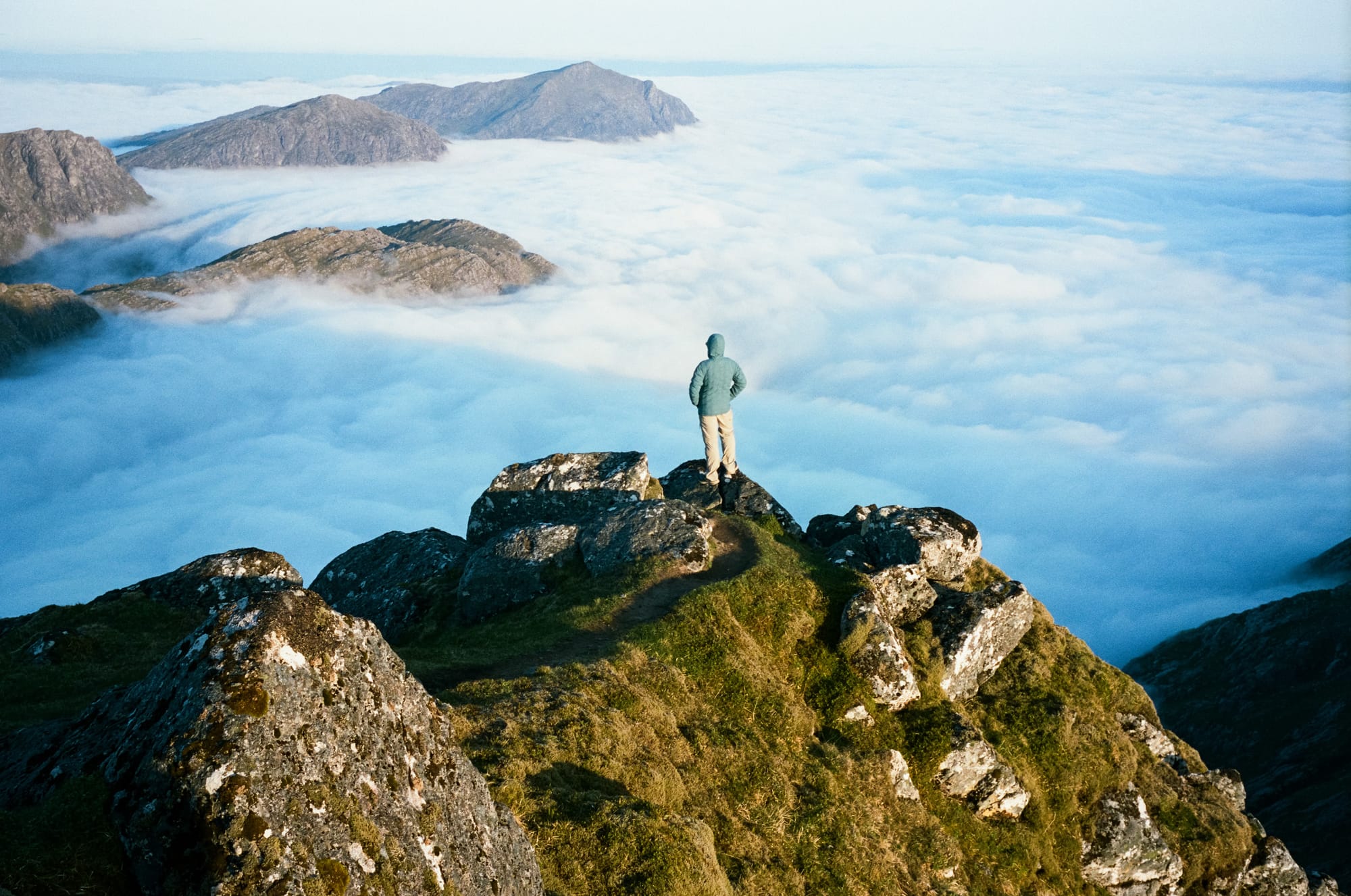
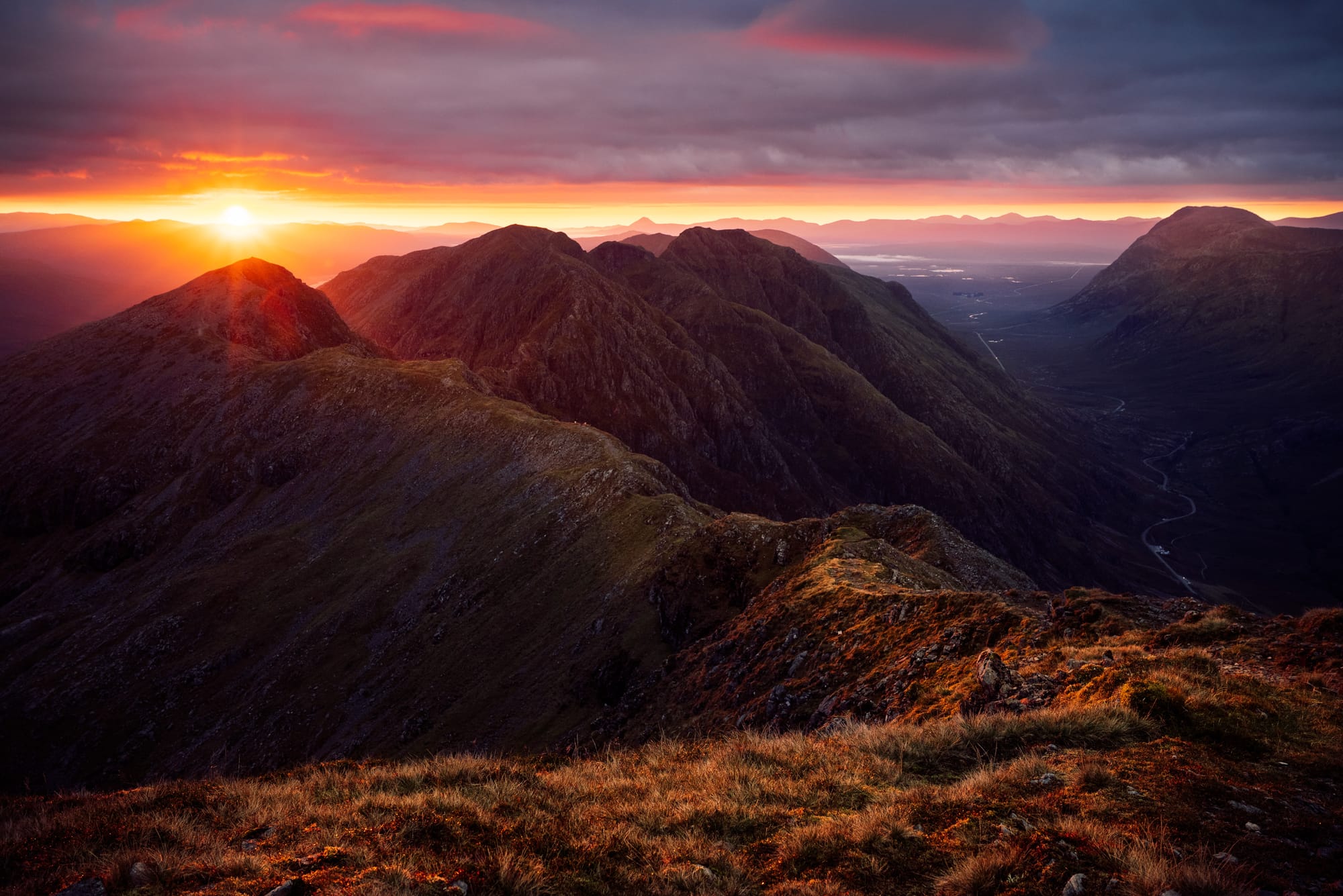
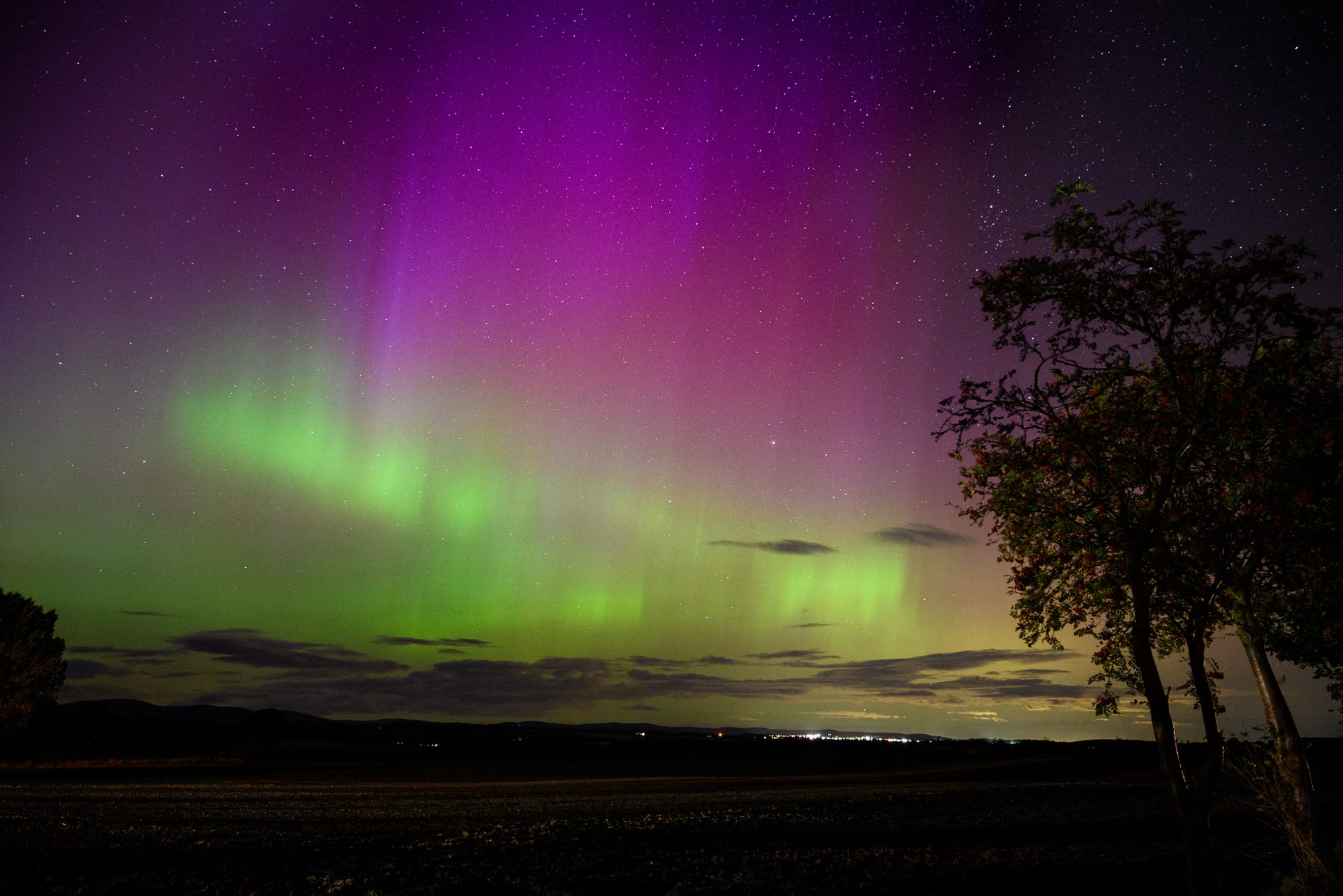
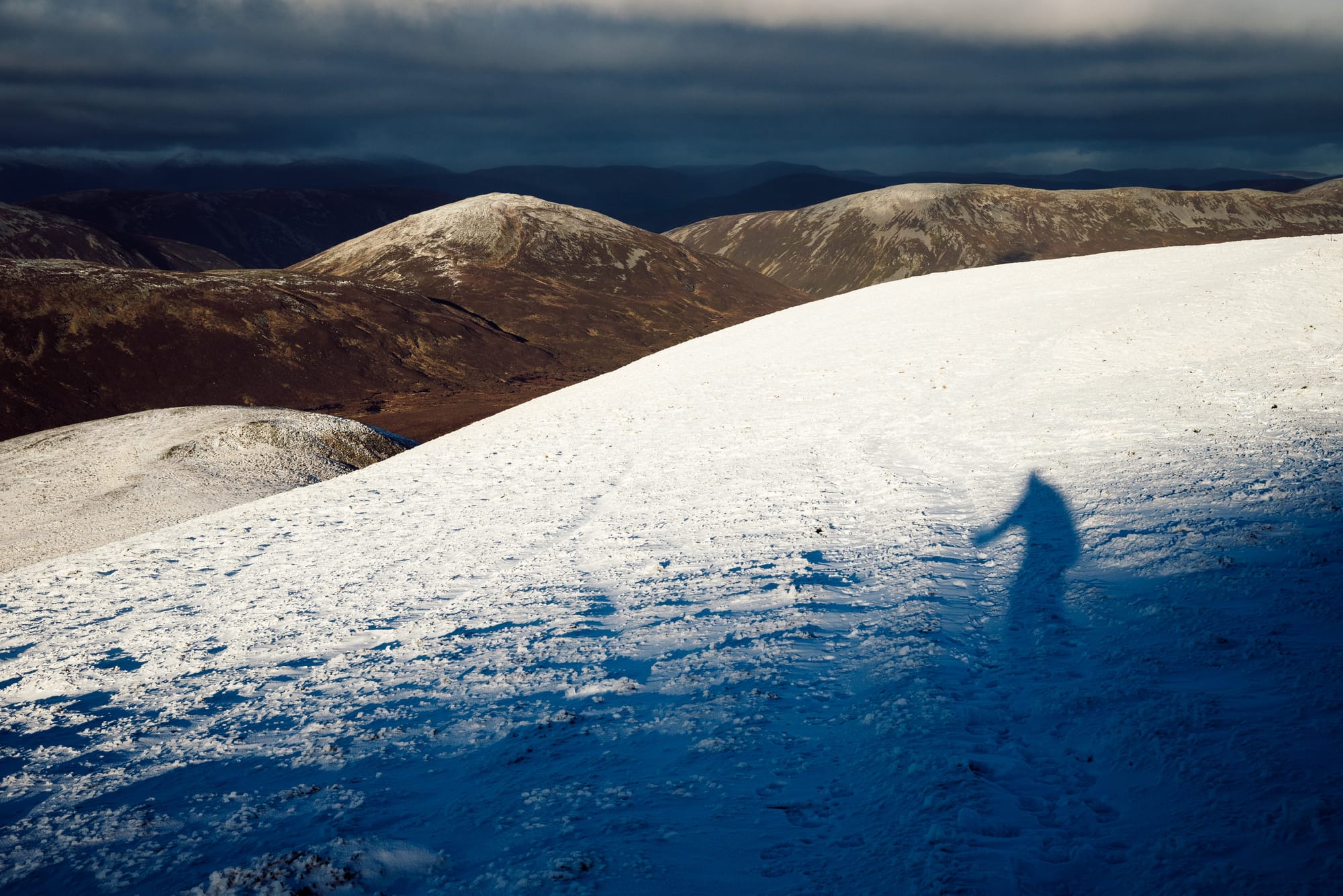
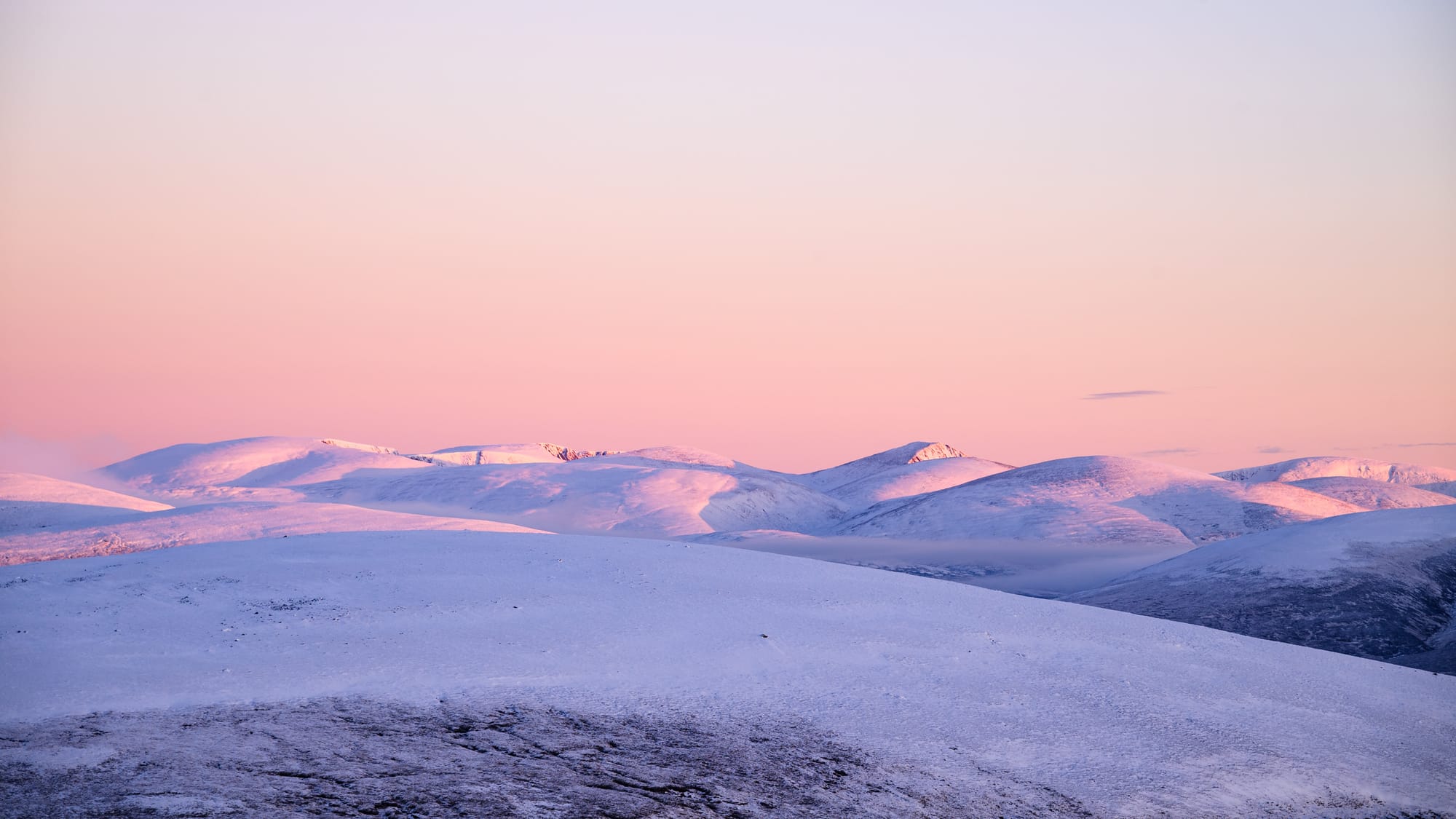
On most of my big trips to the mountains I've carried my digital Nikon Z 5, typically with either the 24-70mm f/4 zoom lens or (more recently) the 24-120mm f/4. In most respects, this is the most capable digital camera I've ever used. Image quality is great, the battery lasts a long time, and it is mountain-proof to a degree I find surprising; in addition to being highly weather-resistant, it seems totally unaffected by deep cold.
However, as I've written about before, it's still a digital camera with all the downsides that entails. My other main camera of 2023, and the one that consistently yields a far higher proportion of keeper images while being more enjoyable to use, is the Leica M3.
A year with the Leica M3
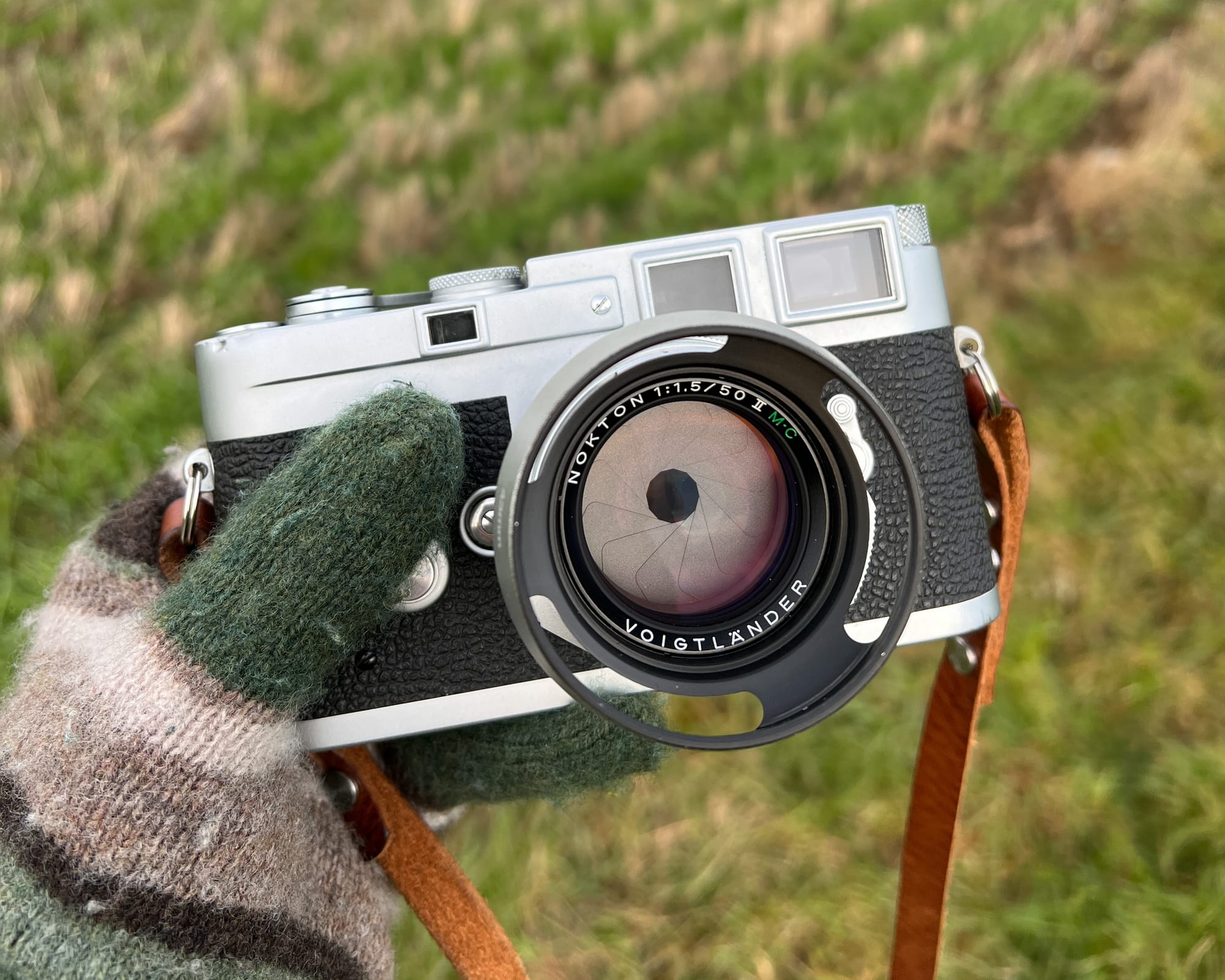
I bought my Leica M3 in December 2022. It was an expensive camera that felt a bit extravagant at the time – certainly the most expensive film camera I'd ever used, although not as expensive as a decent mirrorless digital camera. There is a school of thought that the camera doesn't matter, that all 35mm film cameras take essentially the same photos. They're just a lightproof box with a shutter and a lens on the front, right?
I can see the merit in that point of view, but I don't agree with it. At least for me. I am highly sensitive to the nuances of different tools and the imprint they make on both the creative process and the final output. I've always been this way. It's why I have a weakness for fancy stationery (just ask my Sidetracked colleagues). And while I can, and have, created great images using a variety of 35mm cameras, the Leica M3 feels like a significant step up. It's all incredibly subjective, though, as I'll do my best to explain.
Leica cameras, and especially the M3, have a certain mystique about them. The amount of hyperbole written about this camera over the last 70 years could fill a library: 'best 35mm camera ever made', 'the eye of God', 'an elegant weapon for a more civilised age' (not a fan of conflict metaphors but I do love a good Star Wars reference). There is, sadly, a degree of elitism attached to Leica cameras. They were always expensive and tended to be owned by the well-off. But in the 1940s and 1950s they were still working tools made to an incredibly high standard for the use of professionals (photojournalists and war photographers, mainly).
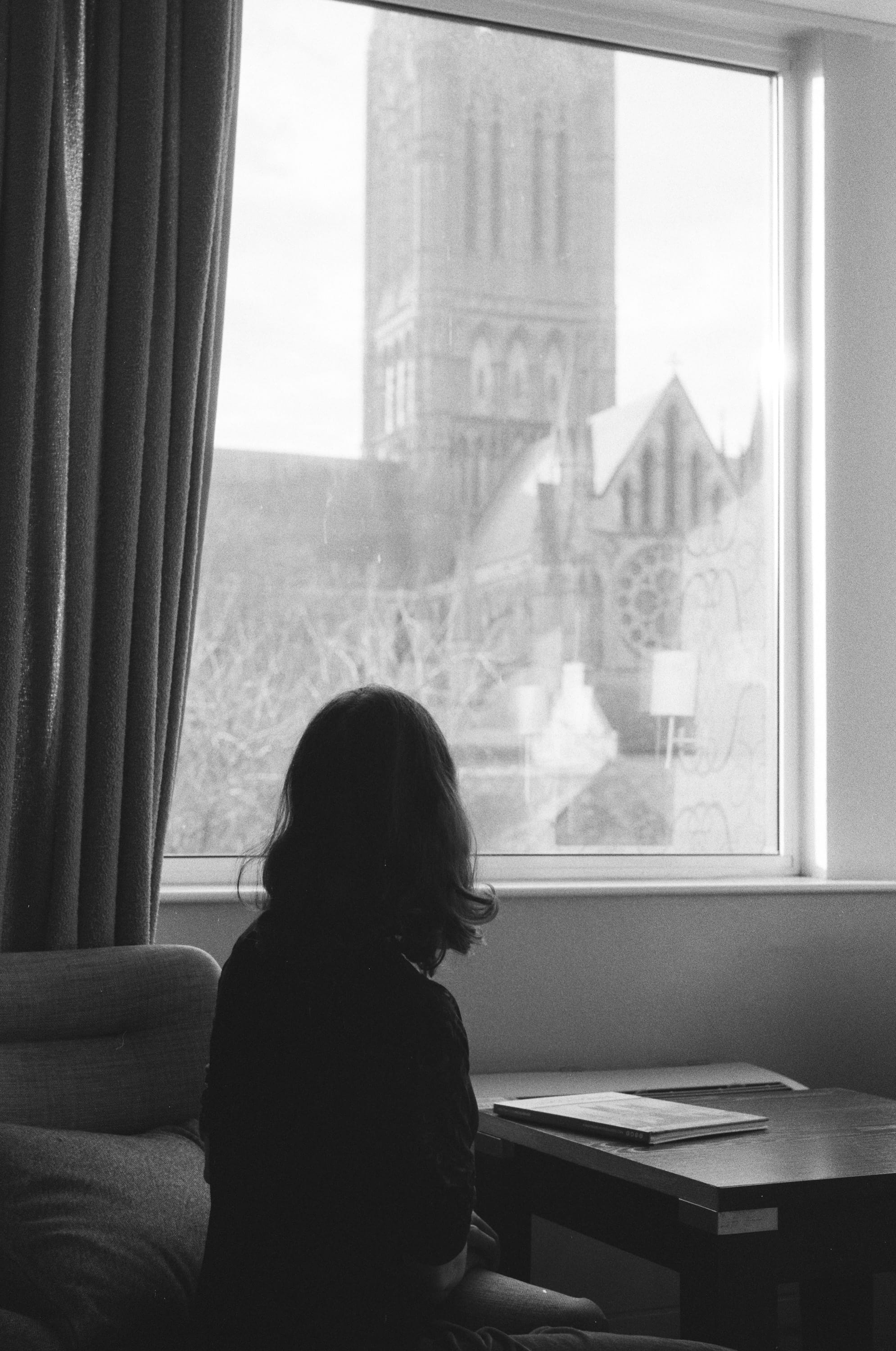
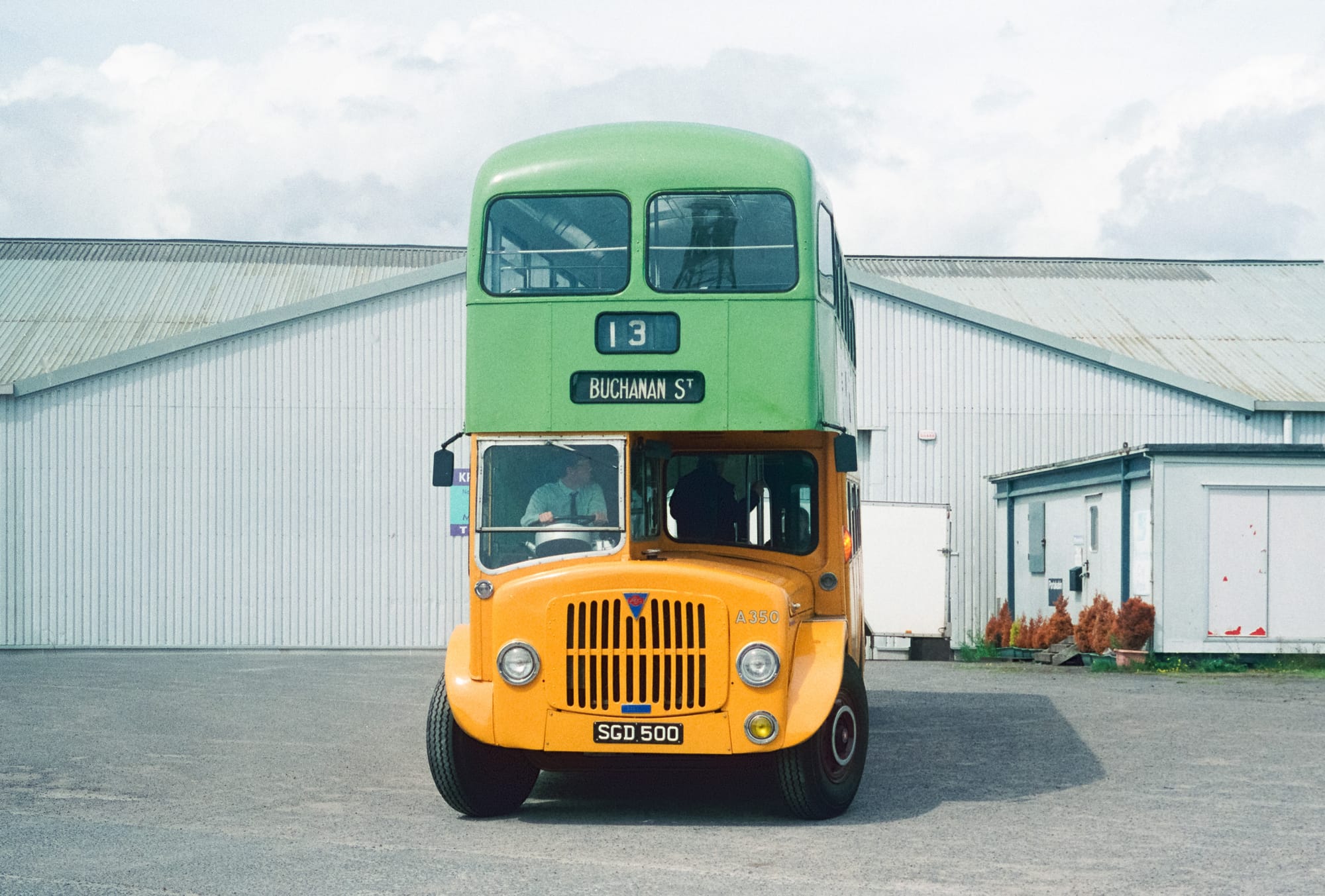
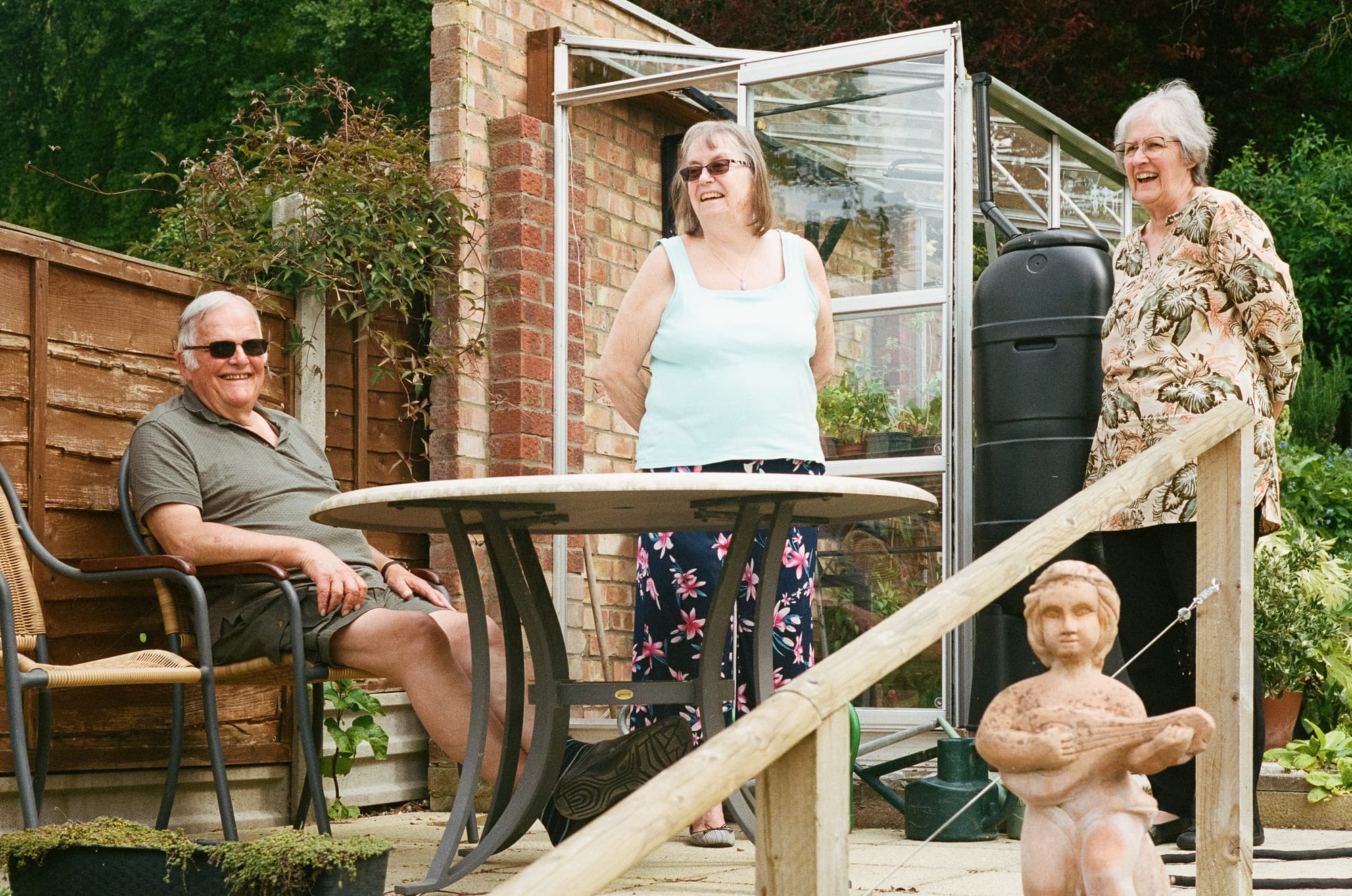
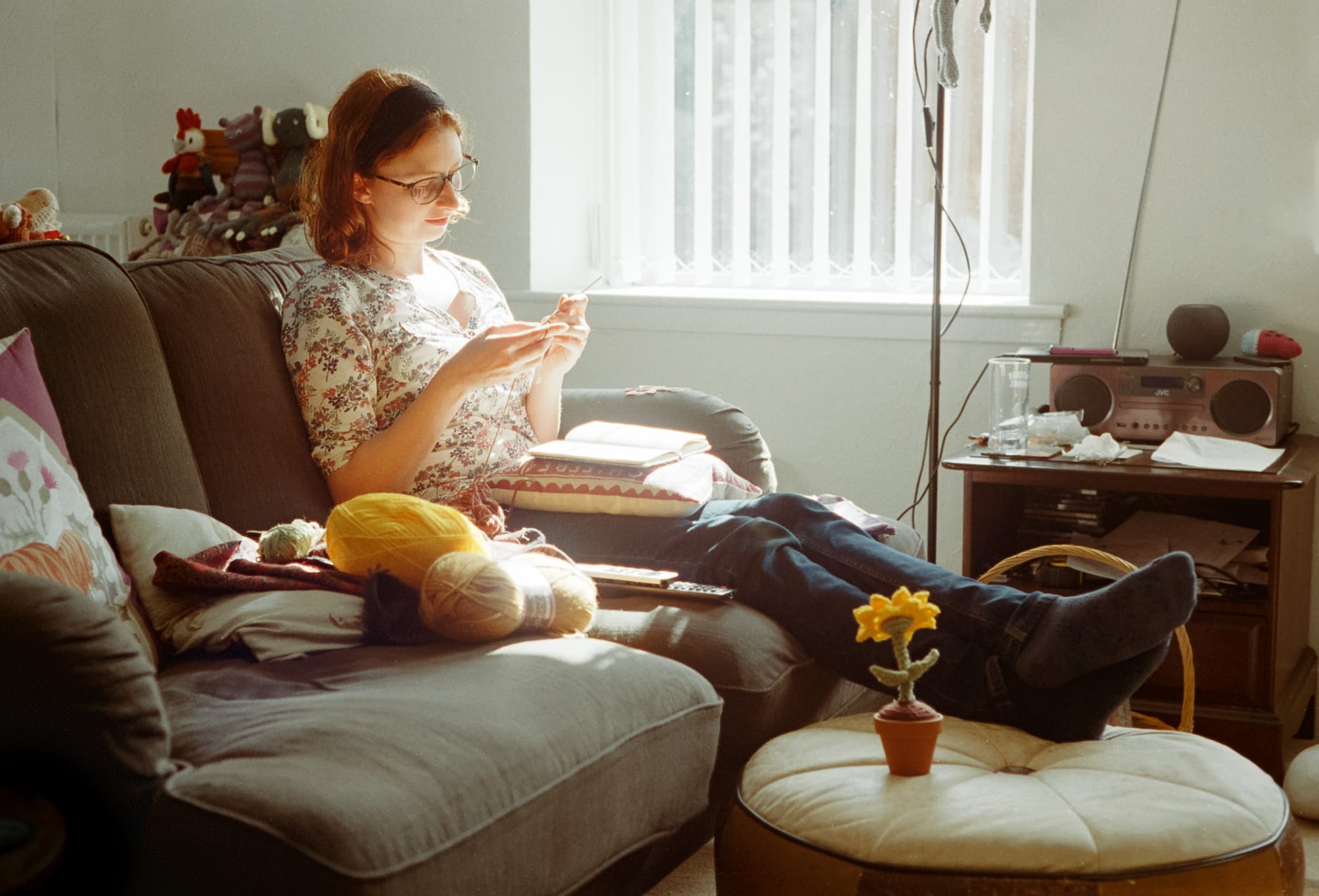
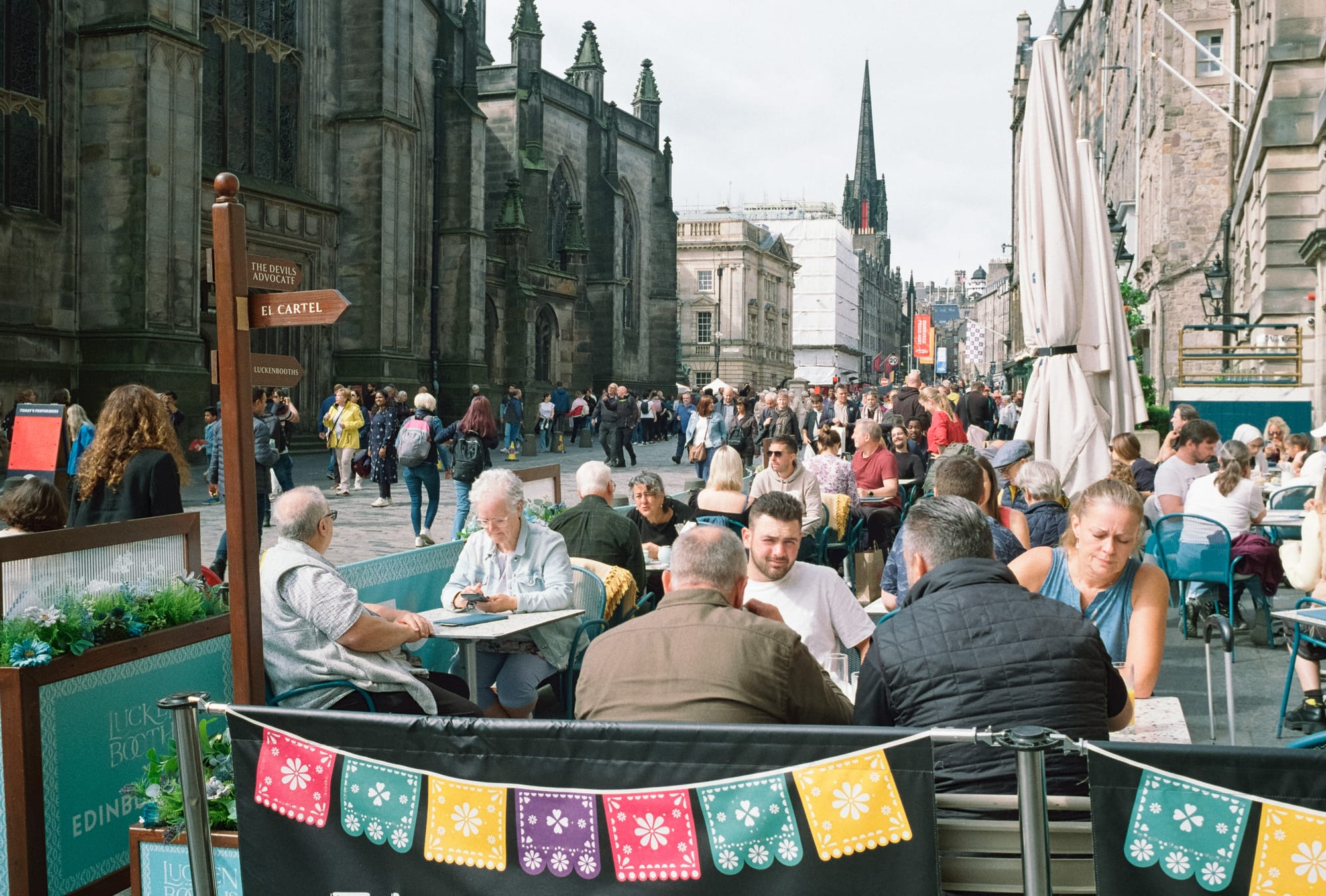
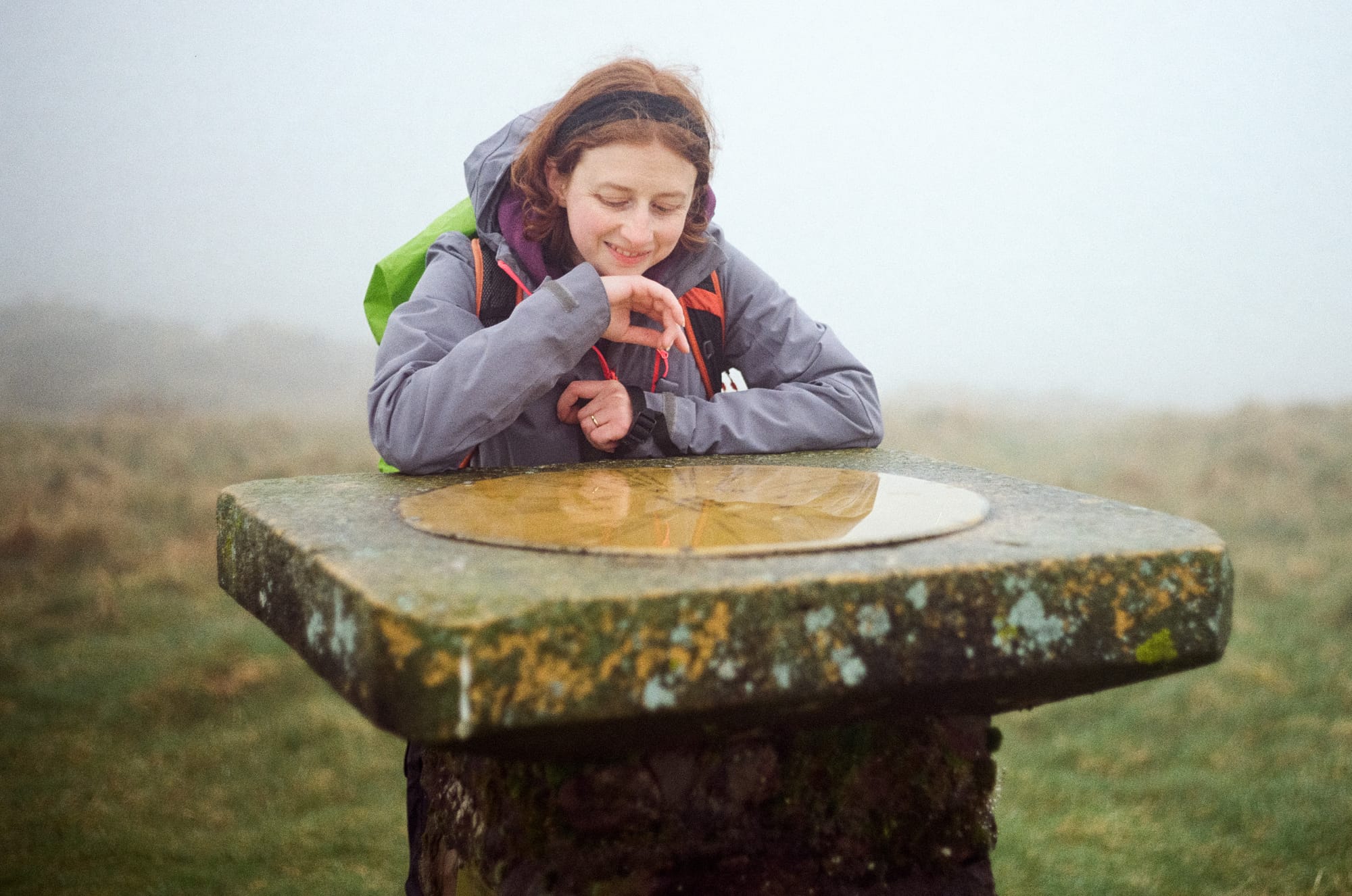
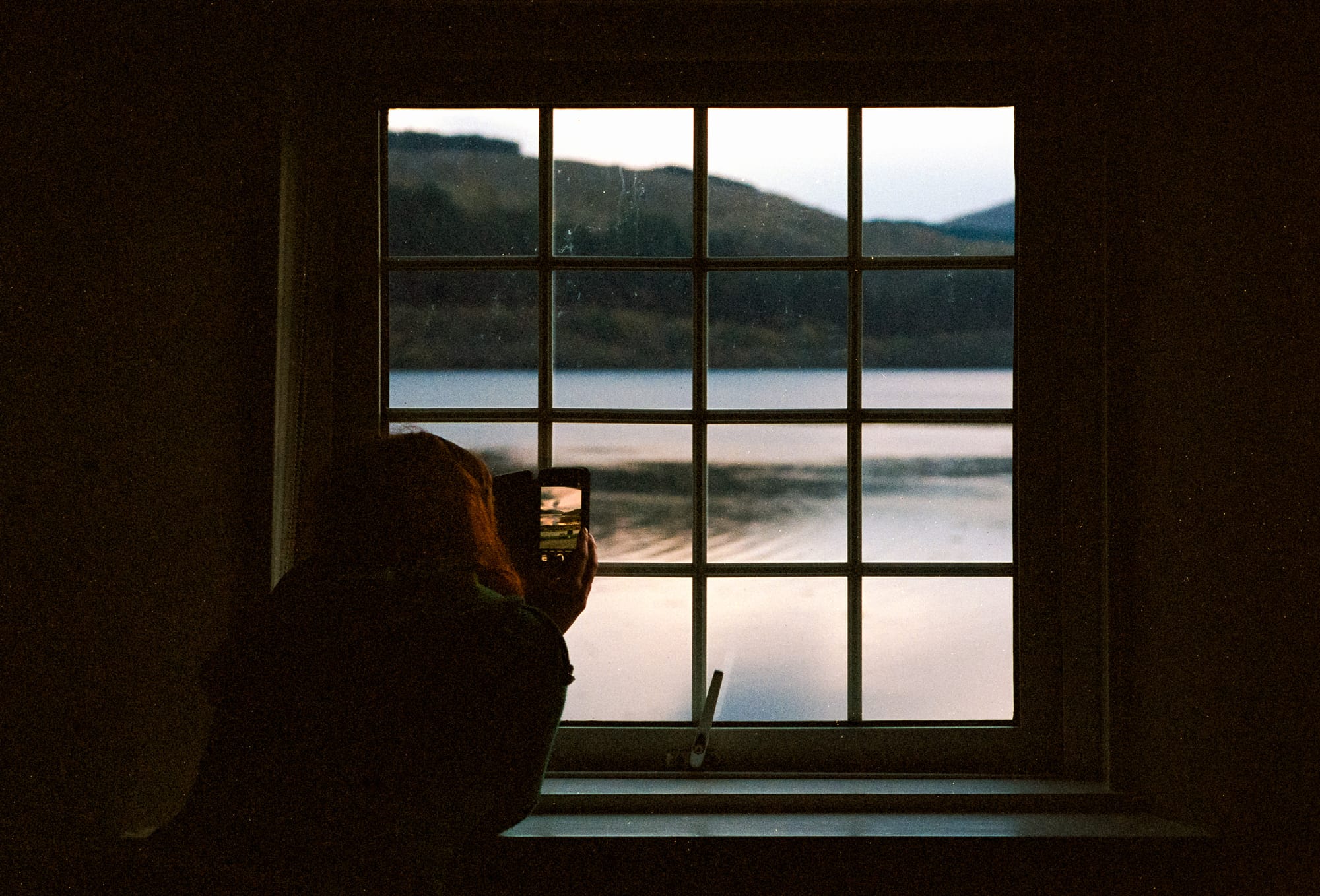
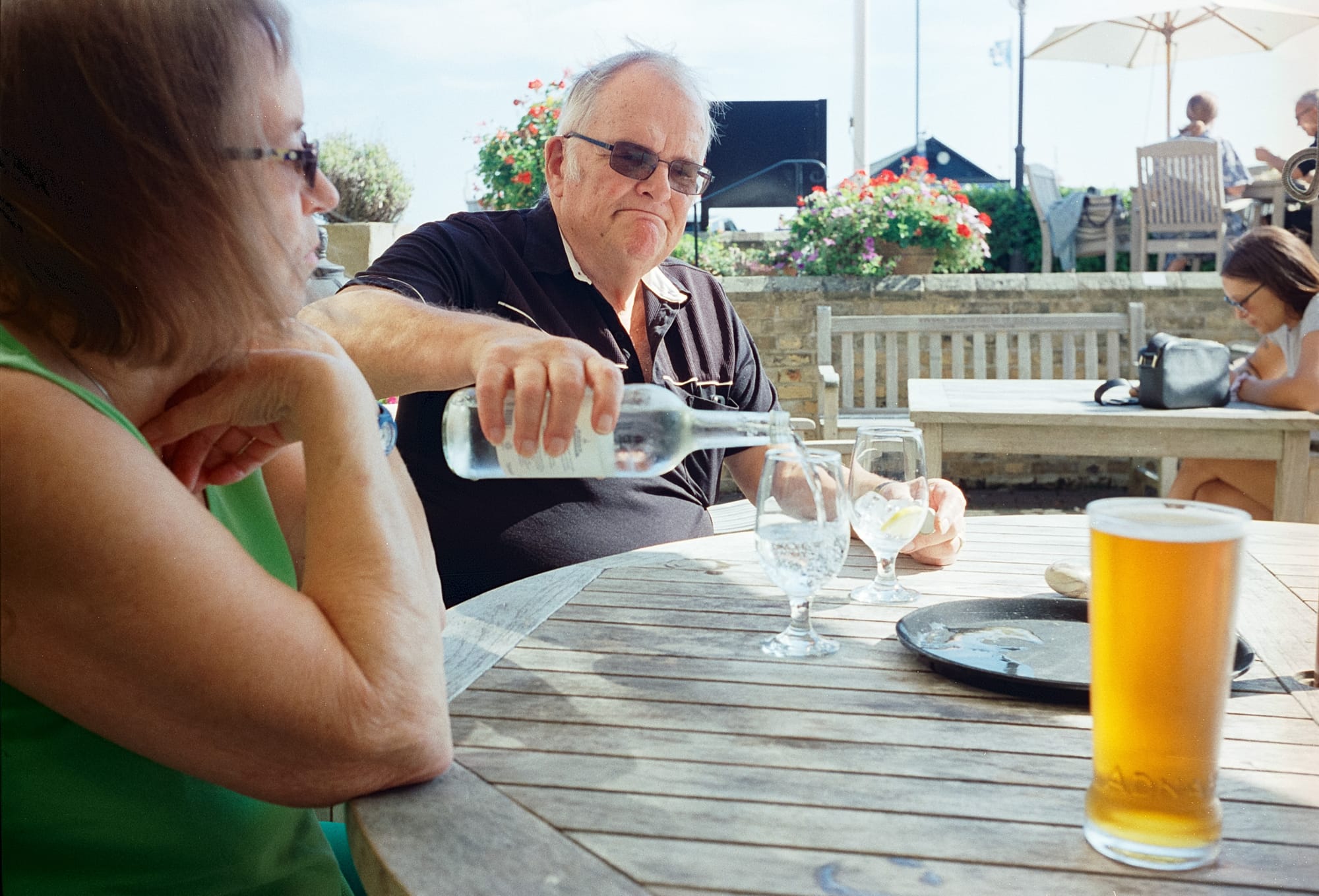
I often use a compact film camera for the same kind of everyday photography most people use a smartphone for... but to me the images are far more beautiful
I won't go into all the details of how the M3 was groundbreaking at the time of its introduction in 1954. But I also own a Leica IIIc from 1948, and the differences between the two cameras are dramatic. Although the IIIc is a lot smaller and lighter, it is also archaic in many respects, with foibles such as film that must be trimmed before loading from the bottom, a shutter-speed dial that can't be adjusted until the film is wound on, a frame counter that has to be reset with every roll, separate rangefinder and viewfinder windows (although this can actually be an advantage in some respects), and a viewfinder that some consider very poor and squinty. You can tell that it's from the era of steam engines. The M3 solved all that. But it was just a snapshot of technology at a particular point in the mid-50s. In 1959 the Nikon F was released, the first really popular SLR targeted at professionals, and the rangefinder camera became obsolete overnight.
Why does all this matter in 2023? Because the M3 offers a very particular blend of qualities that make it sublime to use for today's analogue photographer. Here's a list of its objective advantages.
- Unmatched build quality. It is reliable and, if serviced by an experienced professional, will probably keep working just fine for another decade until it's time for another tune-up. And it'll outlive me. That can't be said for most other cameras from the 1950s. It certainly can't be said for any modern camera.
- No built-in meter or electronics of any kind. Vintage electronics fail and are difficult or impossible to repair. Lack of built-in meter means that you can use whatever handheld meter you want... or you can eyeball it and improve your knowledge of exposure.
- Superb viewfinder. The camera was built to use with a 50mm lens and offers an incredibly large, bright view rivalling any other camera ever made. Shooting with a 50mm lens and both eyes open is easy. For some kinds of photography this can be a real advantage. It also works well with 90mm lenses. (One downside, which for some may be significant: due to its high magnification, it's difficult to use with wide-angle lenses. For 35mm you need to use a goggled lens made specifically for the M3, a shoe-mounted external viewfinder, or guesstimate the view based on the 50mm frame. For 28mm and wider you have no option but to use an external viewfinder. This is why the SLR quickly took over from rangefinders for professionals.)
- Quiet shutter with zero mirror slap. With a bit of luck I can handhold it down to about 1/15th of a second with a 50mm lens, no stabilisation required. With most SLRs I will struggle at 1/60.
- Wide selection of excellent lenses at price points from affordable to astronomical. A huge range, including from third-party manufacturers, can still be bought new today with no compatibility compromises whatsoever. I find it pretty incredible that you can walk into a camera shop in 2023, buy a lens, mount it to a 1954 camera, and it just works.
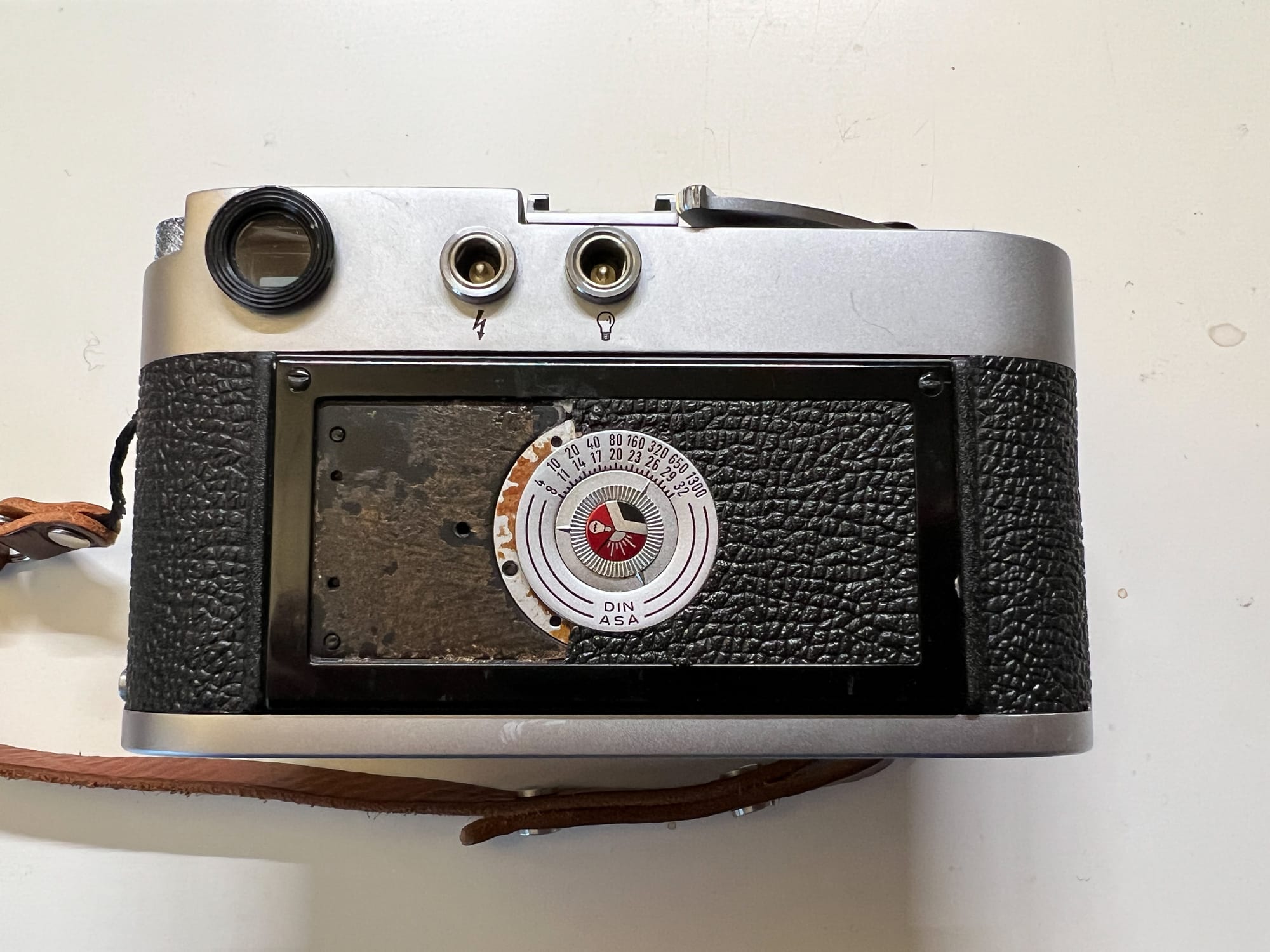
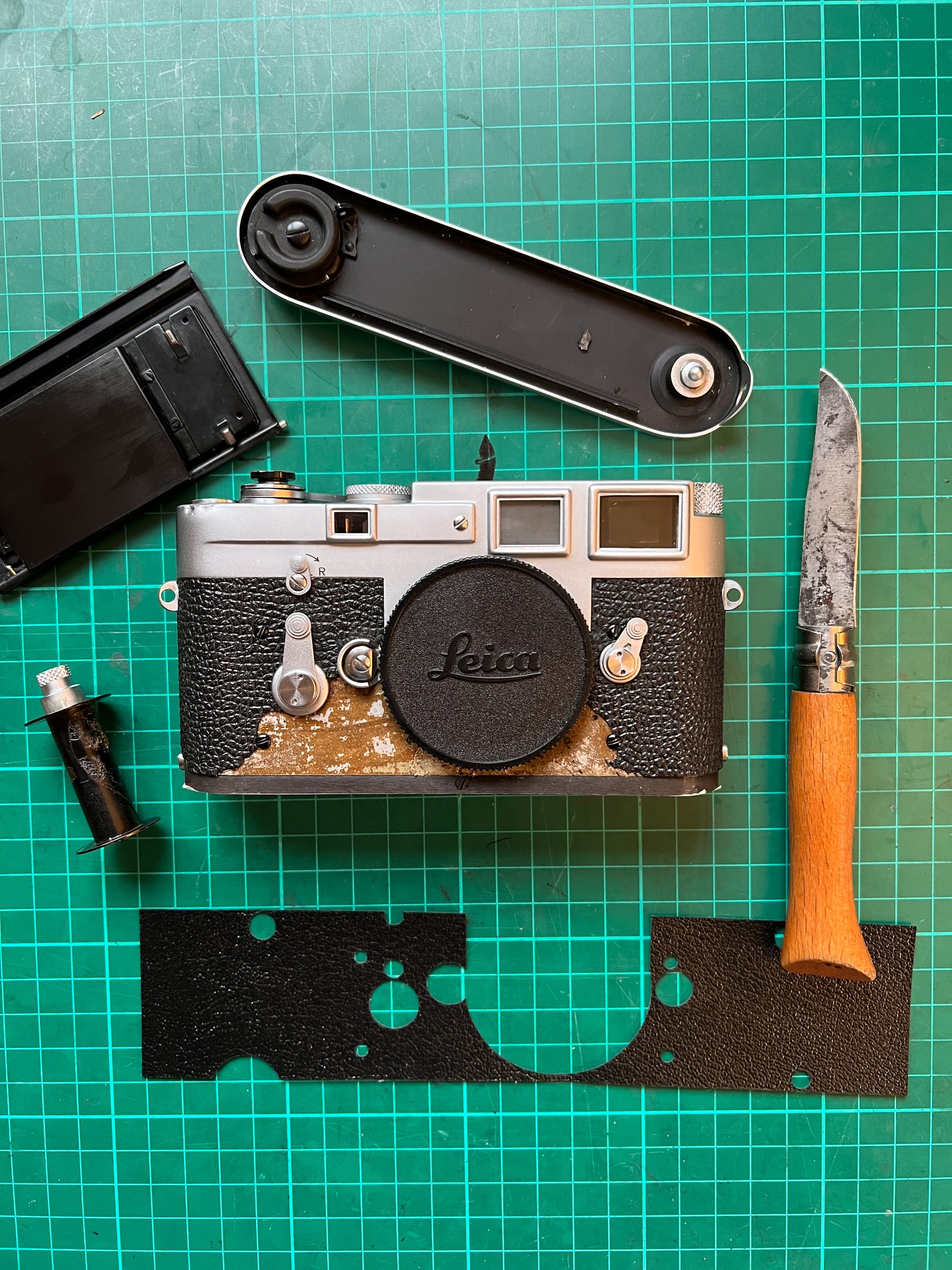
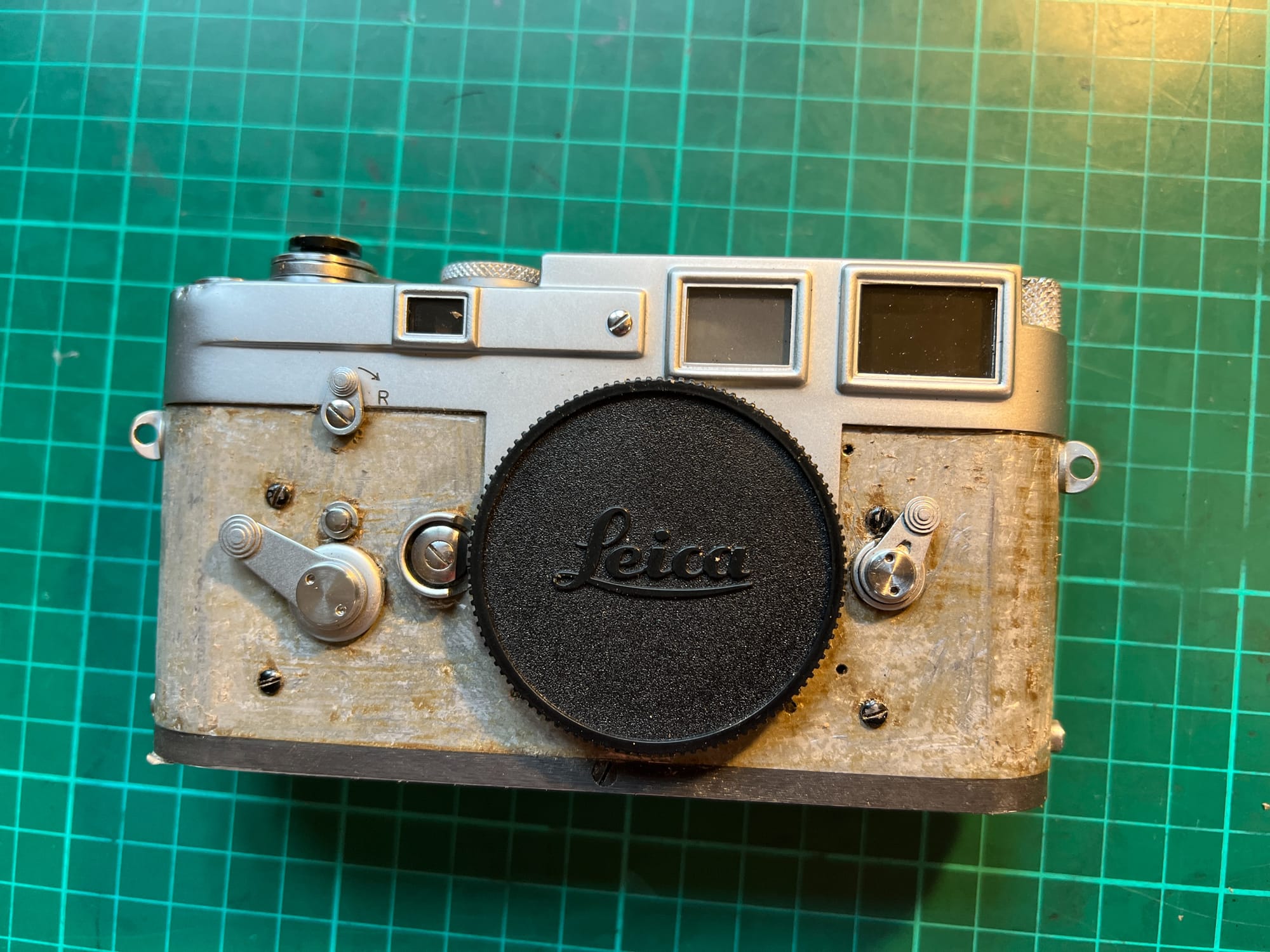
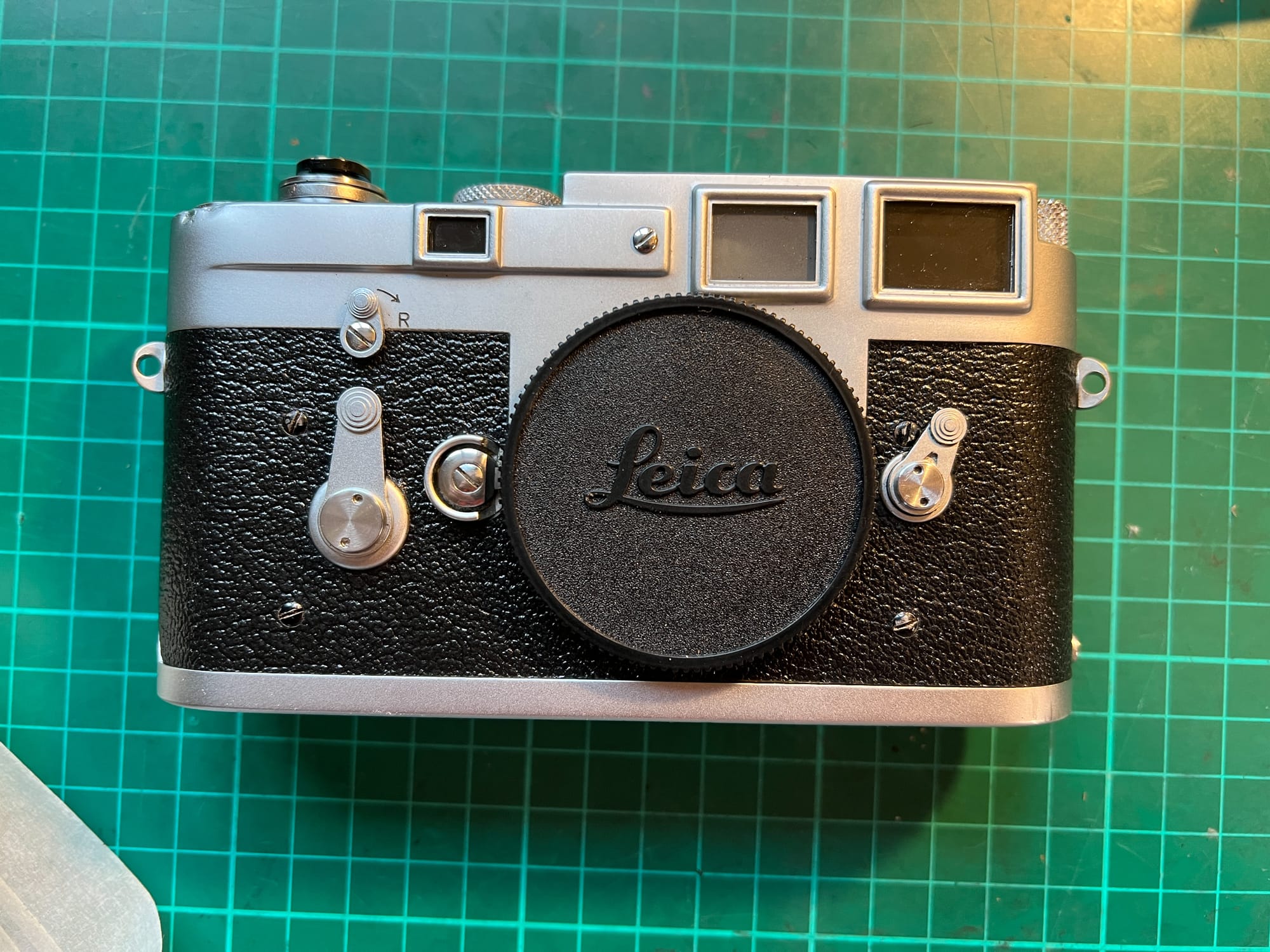
The vulcanite covering began to perish shortly after I bought the camera, so I replaced it with a new skin
Most of these advantages are shared by other cameras I've used, at least to a degree. My 1979-vintage Pentax MX, for example, which I've had since 2014, fulfils criteria 1, 3 and mostly 5 (and can be used just fine if the meter batteries run out, as the camera is mechanical). The only objective disadvantage compared to the Leica M3 is the mirror slap and shutter noise. So why does the Leica M3 justify a price tag 6-7 times as high as the Pentax MX?
Now we get into the subjective reasons why this is the finest camera I've ever used.
- The rangefinder experience. I simply prefer focusing with a rangefinder compared to an SLR. It's faster, more precise, and less cluttered in the viewfinder, and I don't care that it's hard to use with focal lengths wider than 28mm because I never use them.
- The industrial design. To me, it's a more beautiful and elegant object than either of my Pentax cameras.
- As a card-carrying nerd, I find the history of Leica fascinating.
These are the lenses I've used with the camera:
- Leitz Elmar 5cm f/2.8 collapsible. It came with the camera, and I used it for a couple of rolls but didn't really get on with the quirky ergonomics, so sold it.
- Voigtländer Nokton 50mm f/1.5. This is a superb modern lens with a very sharp, exact, and colourful character. Mount it on my Nikon Z 5 and it rivals the Nikon Z 50mm f/1.8 in terms of image quality. I use this when I want the cleanest possible film images, but I often find it a bit too sharp and saturated, which is why I prefer to use vintage lenses much of the time.
- Leitz Summitar 5cm f/2. This is a very special lens manufactured in 1948 – one of the first coated lenses in history. It's tiny, collapses into the camera body, and has a powerful bewitching character that I can only describe as magic. Sharp and surprisingly modern when stopped down, but dripping with soul wide open and when the light and subject right. I've never used a lens quite like this and feel deep down that this will be a lifelong keeper – it's that good. The only real downside is that it can flare occasionally. Although the Summitar has the older Leica Thread Mount, and I mostly use it on my Leica IIIc (where it's a native, period-appropriate fit), I have an adapter and can also use it on my M3. I mostly use it when I want something very compact, for example when I want to slip the camera into a jacket pocket. Or when I want to create images with a bit of fairy dust.
- Leitz Summicron 5cm f/2 (rigid). A high-quality standard lens from the 1950s. Although it has less character than the Summitar, the Summicron has quickly became my favourite lens. The ergonomics are just right: you get a modern-style aperture ring, an easy-to-use focusing ring with infinity lock, and the ability to attach a lens hood. Image quality is a useful compromise between modern and vintage: sharp but not too sharp, colourful but with distinctive vintage colours, and works great with monochrome film.
- Leitz Summaron 3.5cm f/3.5 (goggled). For me, this is the best wide-angle option for the M3, because the built-in optical elements automatically demagnify the M3's finder to give you a 35mm wide-angle view... but it doesn't cost the thousands of pounds you'd pay for the faster f/2 variant. A very nice lens with a character similar to the 5cm Summicron. Possibly a tad sharper.
- Voigtländer 90mm f/2.8. A great lens, but I just didn't use it often enough to justify keeping it. Sold it.
- Voigtländer 28mm f/2. Too wide for me; I sold this fairly quickly.

To be clear, I am not influenced by any prestige the Leica M3 may have in the photographic community. I don't consider myself superior to people who use other cameras, but equally I don't subscribe to the reverse snobbery perspective either. It simply isn't true that the camera doesn't matter. A camera that feels perfect for you, that works in the way your mind works, that offers the right kind of creative friction, will encourage you to use it more often – and will feel good when you use it. And that is the secret to good photography: simply carrying the camera everywhere, making images, and learning as you go.
So there's no grand secret to the fact that the M3 has improved my photography this year. It's just that I've used it more consistently. Its objective advantages matter, but if I had carried my Pentax MX everywhere, if I had felt the same connection to that camera, I would have finished the year with pretty much the same images.
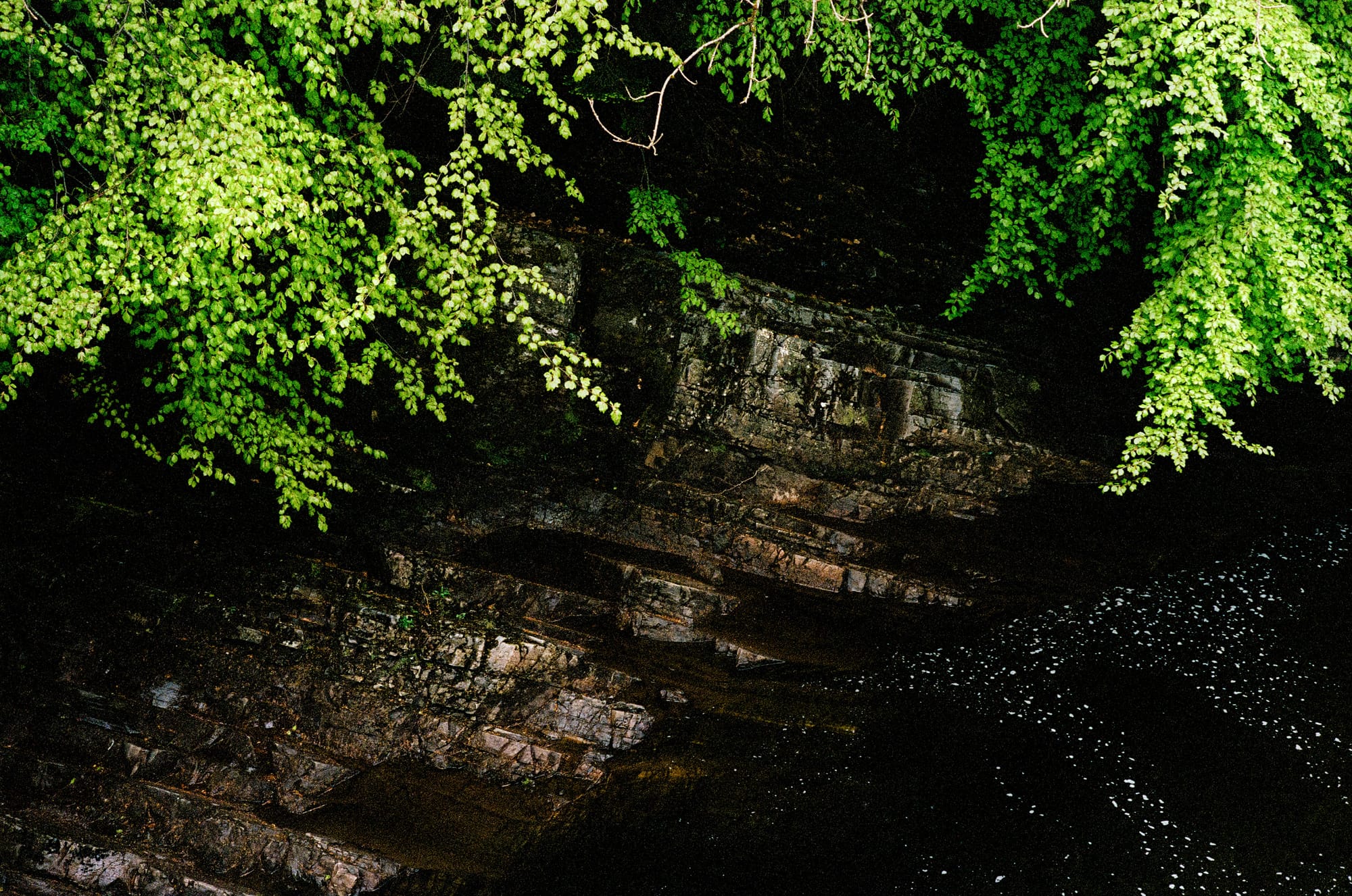
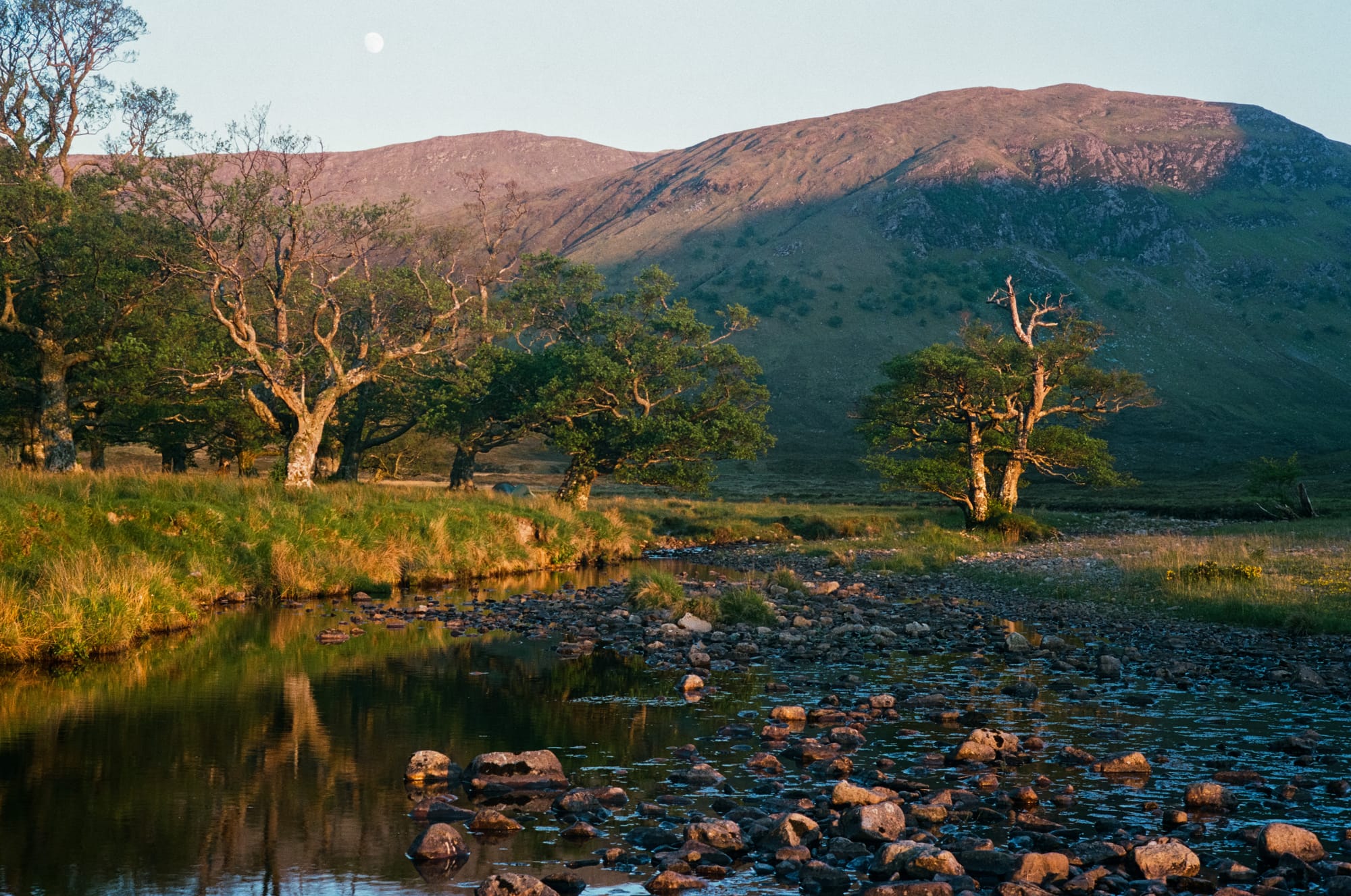
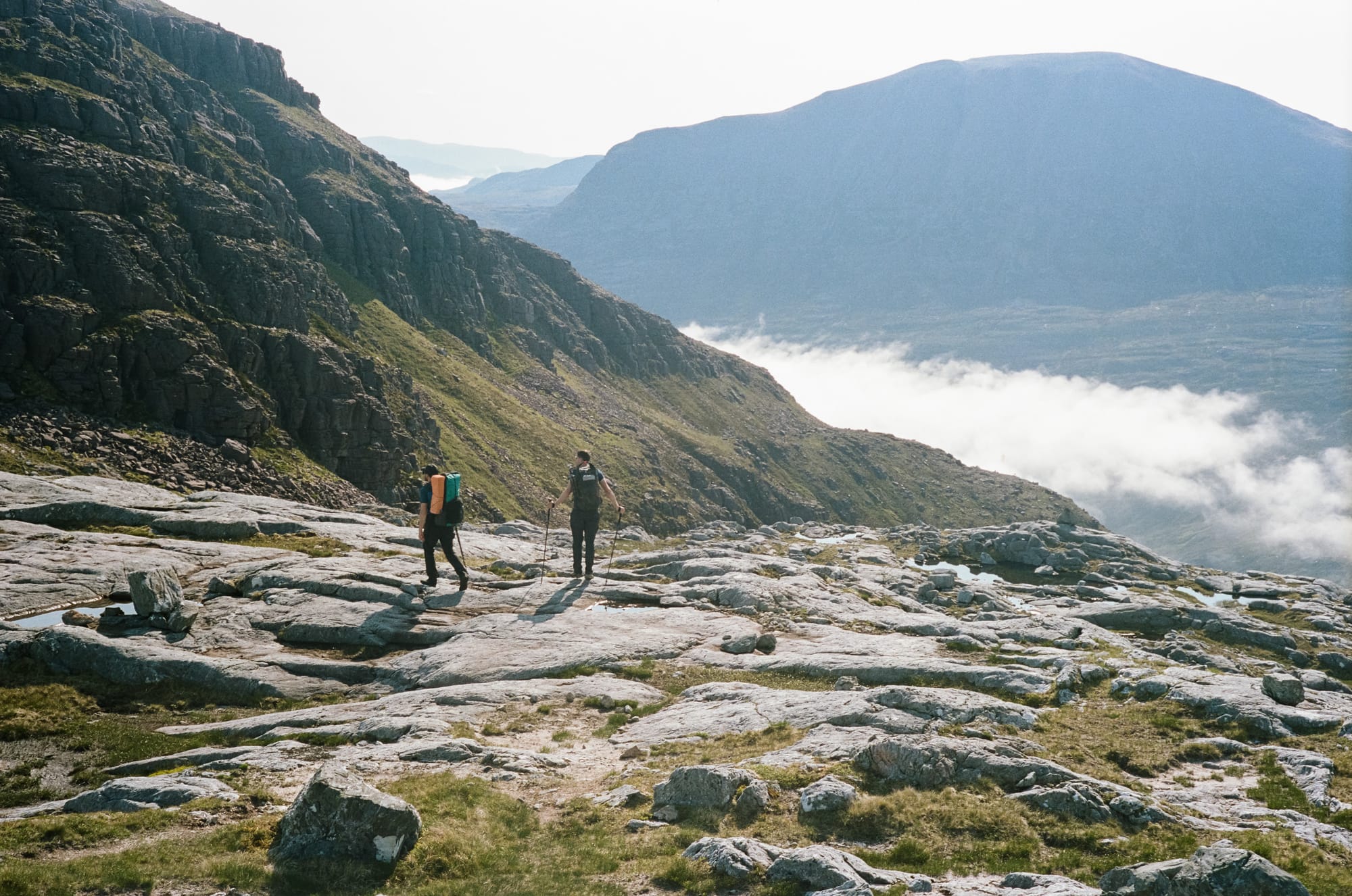
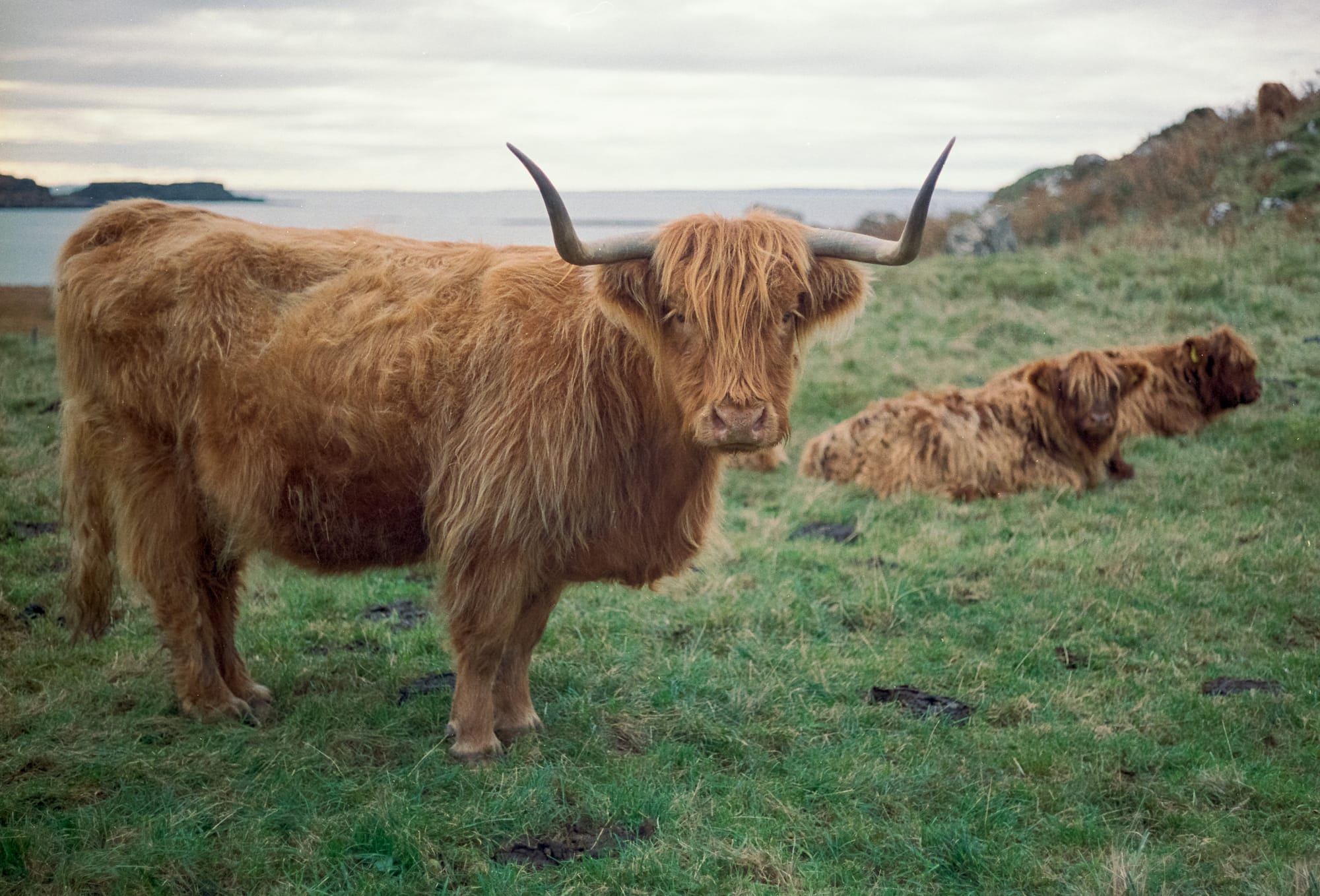
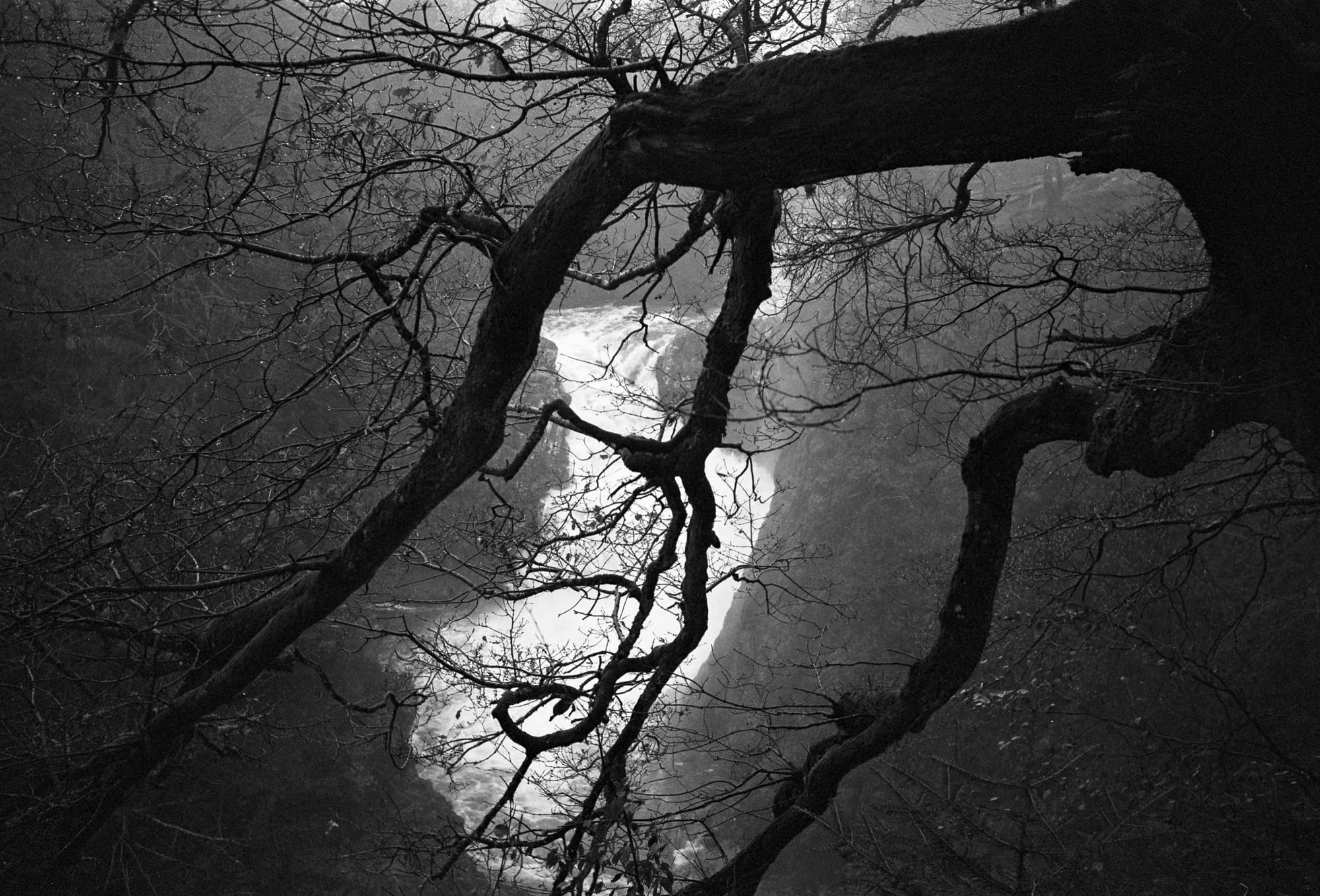
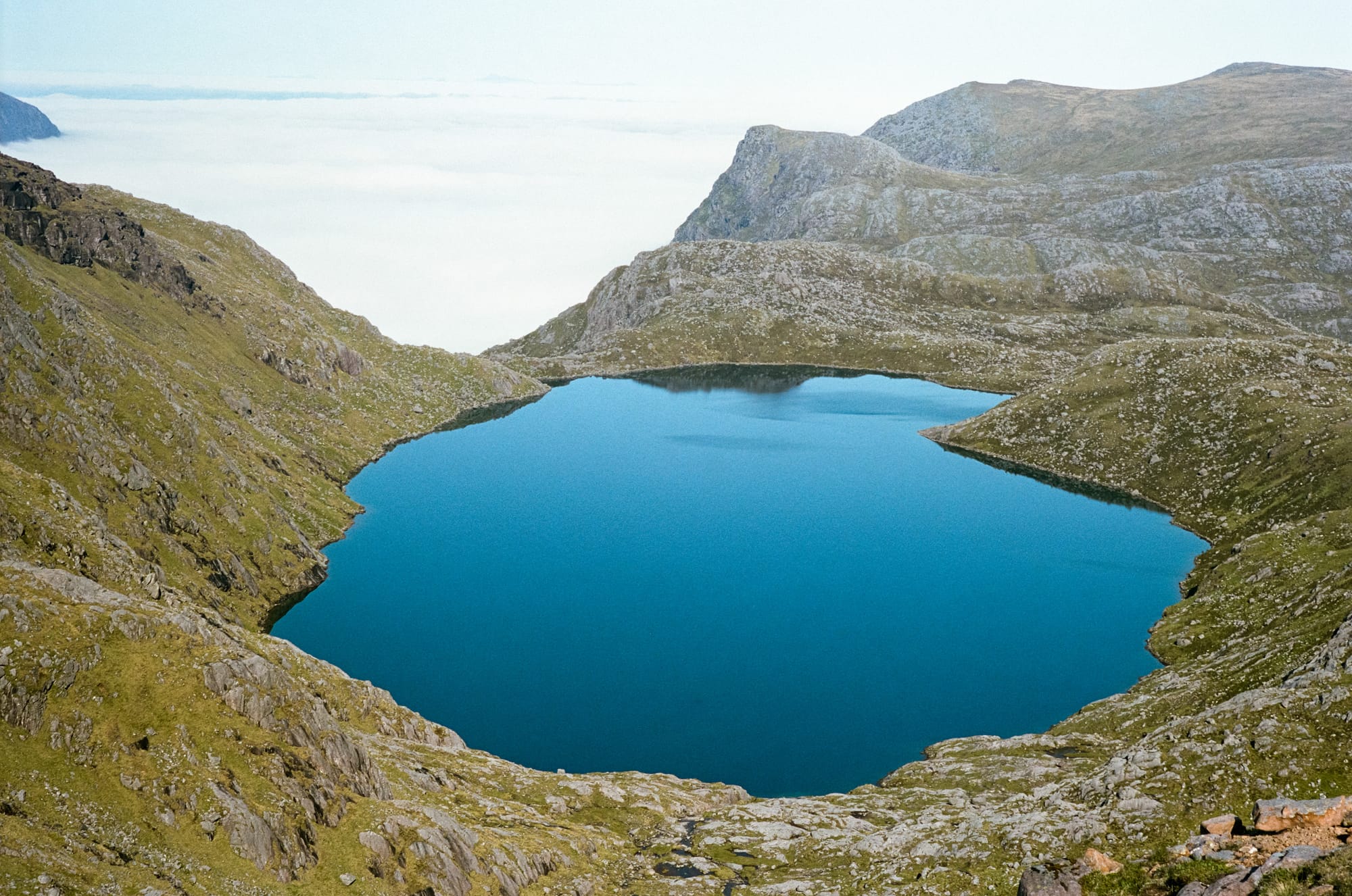
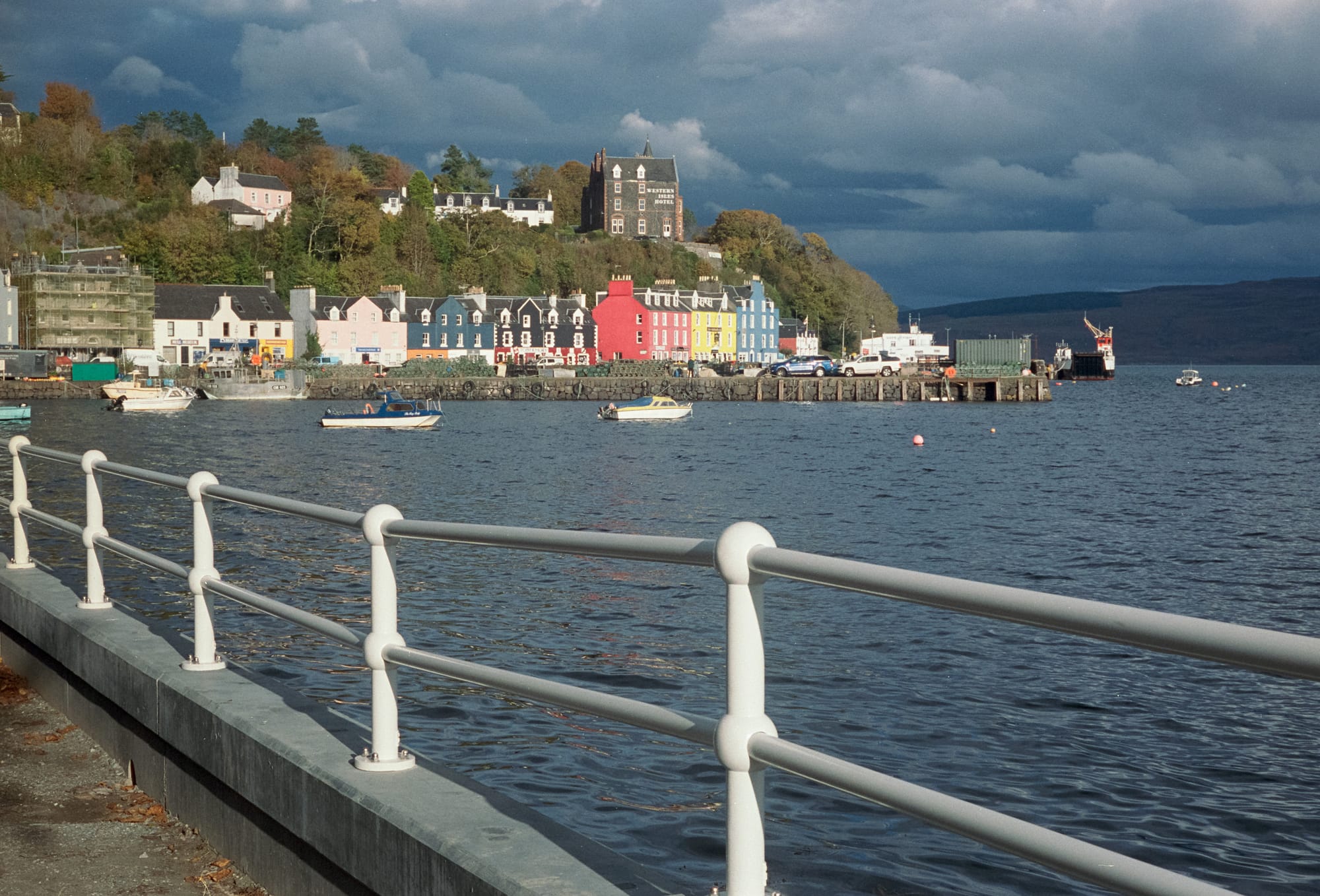
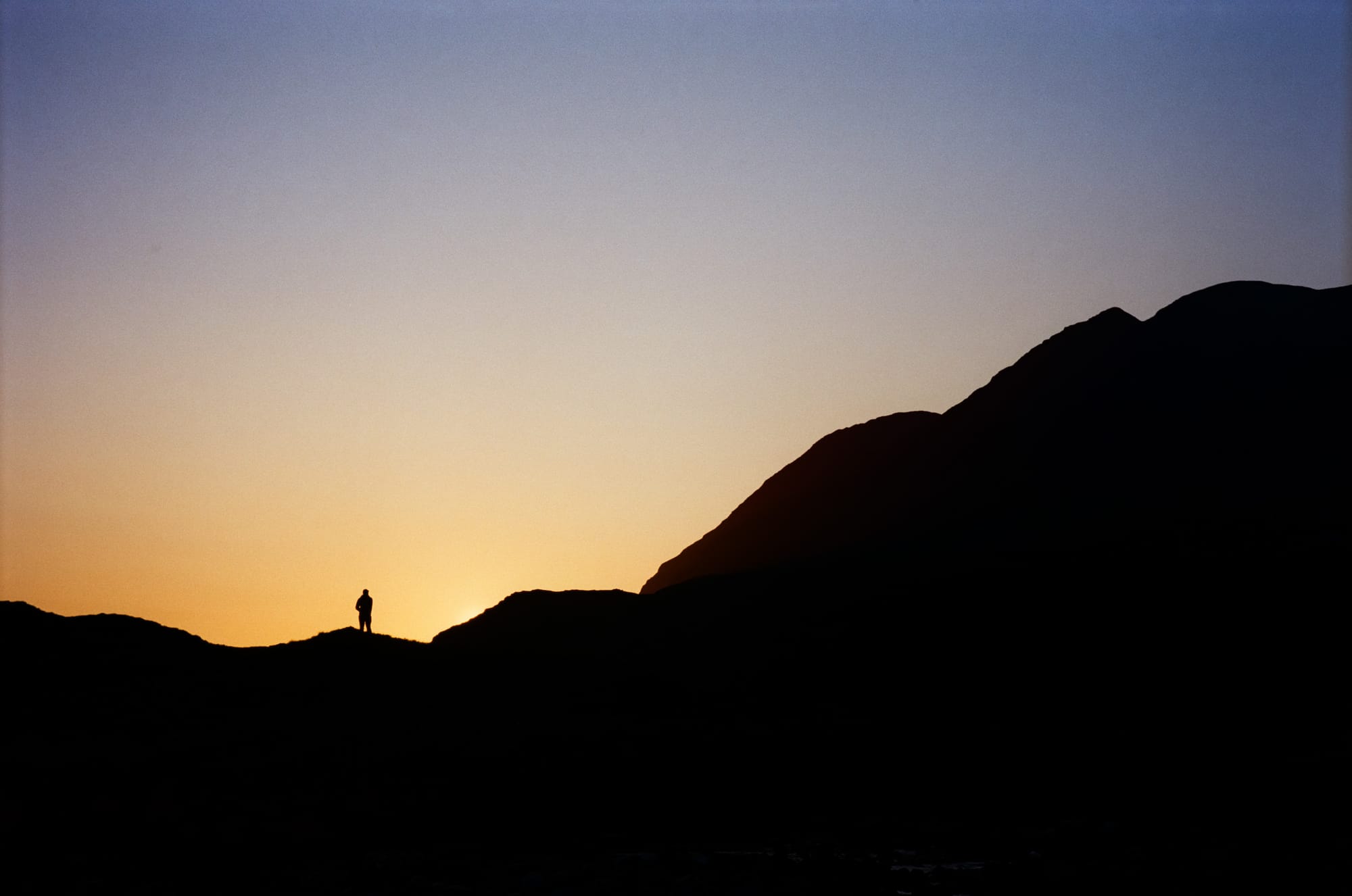
At the time of writing, the 2023 folder in Lightroom contains 2,819 images, of which 804 are film scans. I've shot 25 rolls of film this year, which is a lot for me! My keeper rate when shooting film is always dramatically higher than when I use a digital camera – typically I'll keep at least 20 frames out of a roll of 36. On digital my keeper rate is abysmal because digital cameras make me sloppy and lazy. All the digital clutter gets in the way. The experience feels so much more complicated, more about fiddling about with a computer than whatever it is I'm seeing in front of me. No digital camera I've ever used feels as transparent and organic as a simple mid-century film camera.
Going back to my digital Z 5, I've created some images with it that I'm delighted with, but that's only because I had the Z 5 lifted to my eye when the moment unfolded in front of me. But transparent, simple tools thin the veil and lighten the mind. I have a funny feeling that if I'd brought my M3 along on those trips I would have come back with a smaller number of even better images (except, perhaps, those aurora shots that you just can't take on film). Because image quality isn't everything.
The Z 5 tells me that I don't need to think because a computer is thinking for me. Its attitude is inscrutable superiority. But the Leica M3, because it is so simple and elegant and quiet, tells me that the only thing that matters is my own creative vision. Unlike the Nikon Z 5, it makes no decisions and imposes fewer burdens on me. And so I take better pictures that mean more. It's as simple as that.
In case it isn't obvious, I'm not telling anyone to go out there and start shooting film on a vintage camera. I'm certainly not telling you that you need expensive equipment from any particular brand. That isn't the point! I'm telling you to find a tool or process that feels right for you, and then use the hell out of it until magic starts pouring out.
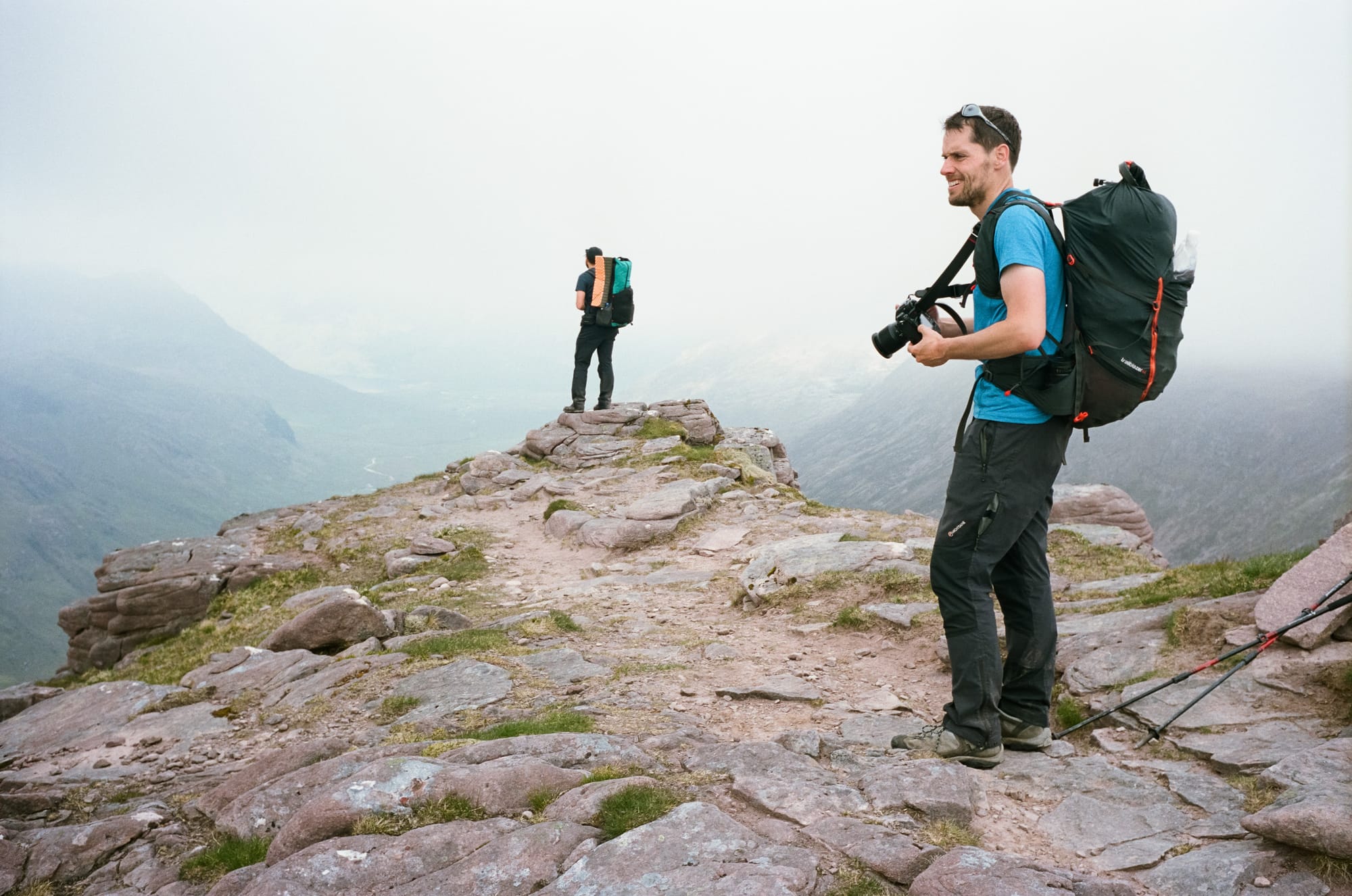
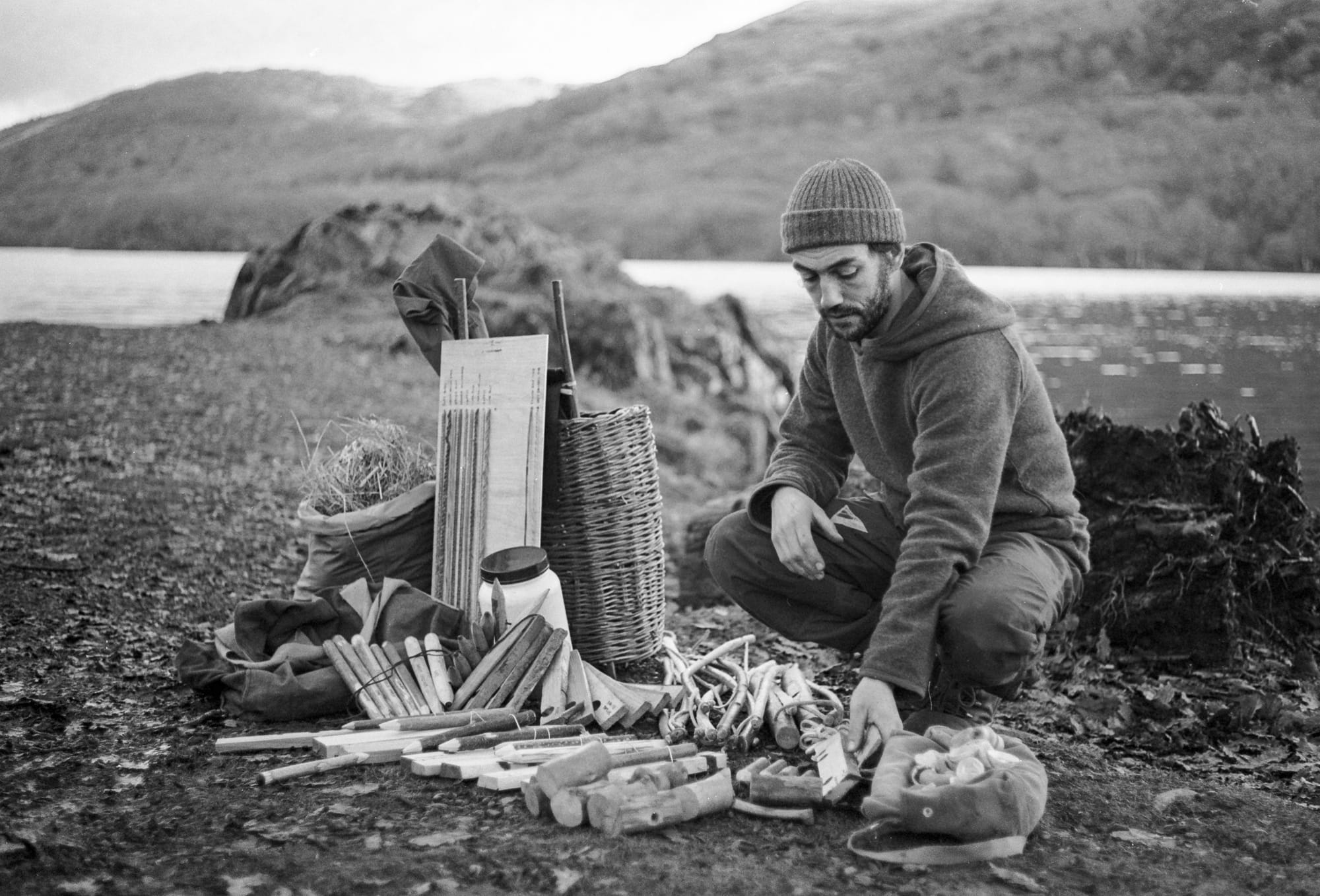
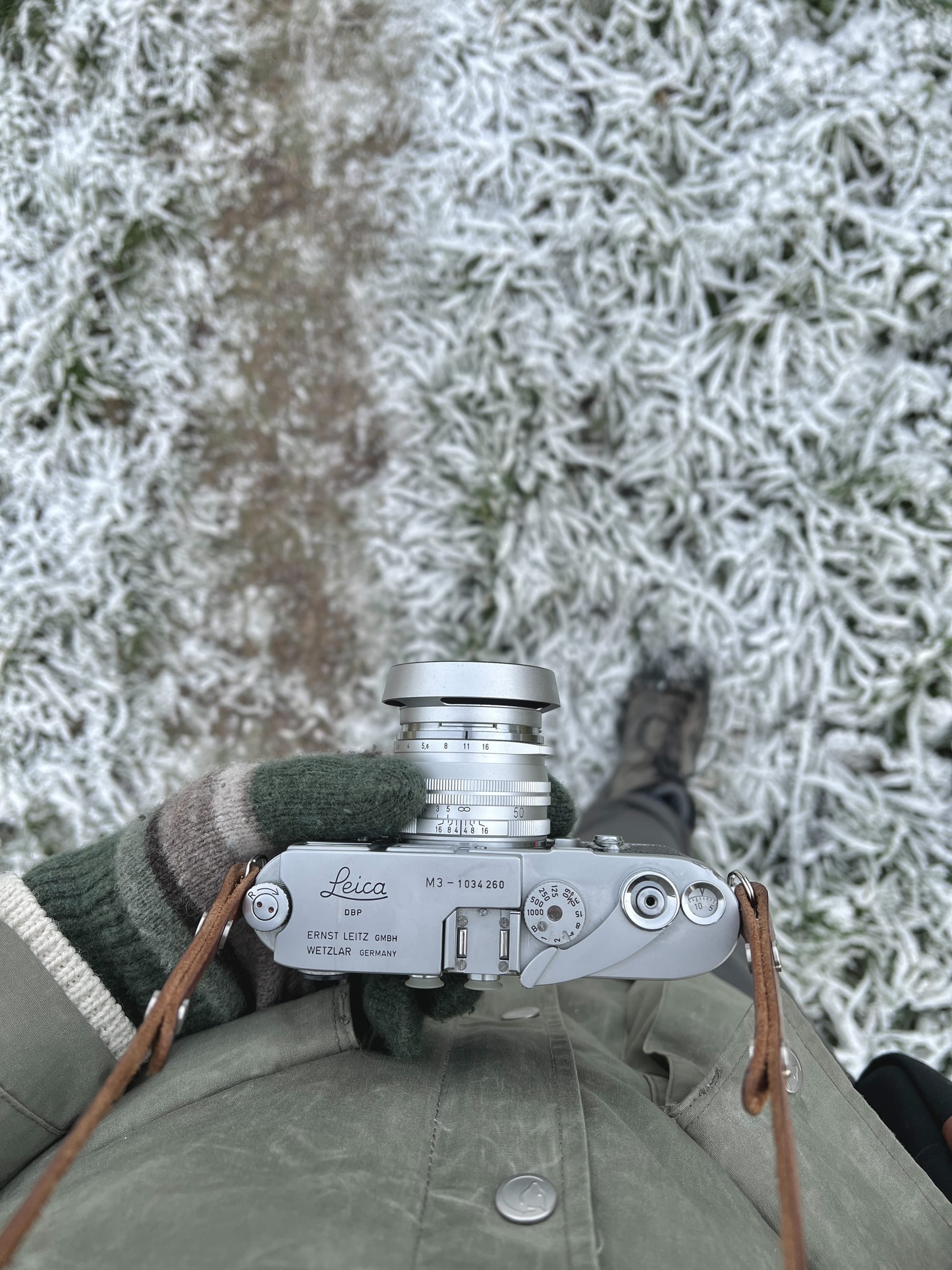
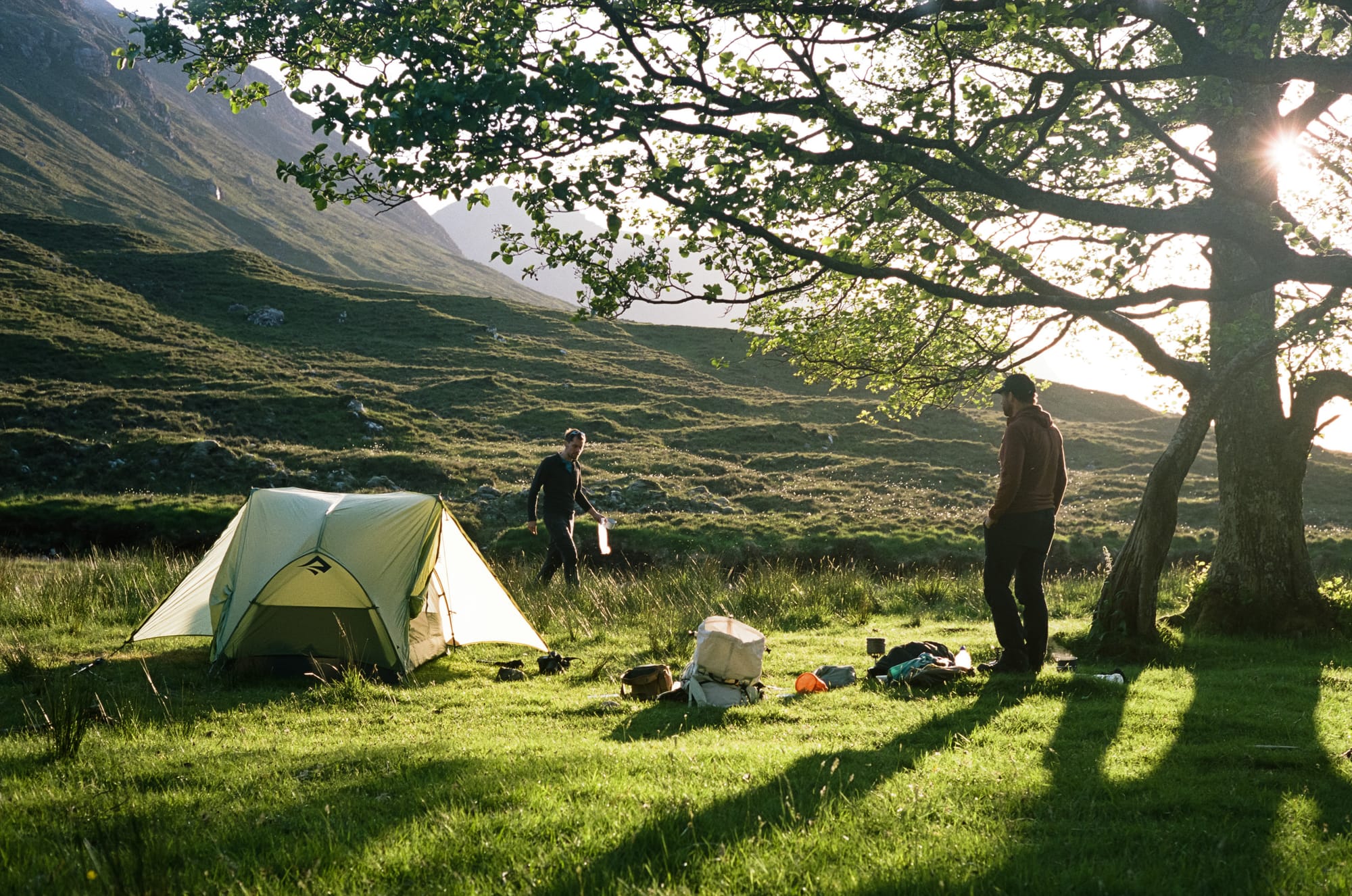
All images © Alex Roddie. All Rights Reserved. Please don’t reproduce these images without permission.
Alex Roddie Newsletter
Subscribe here to receive my occasional personal newsletter in your inbox. (For the fun stuff, please consider subscribing to Alpenglow Journal instead!)




